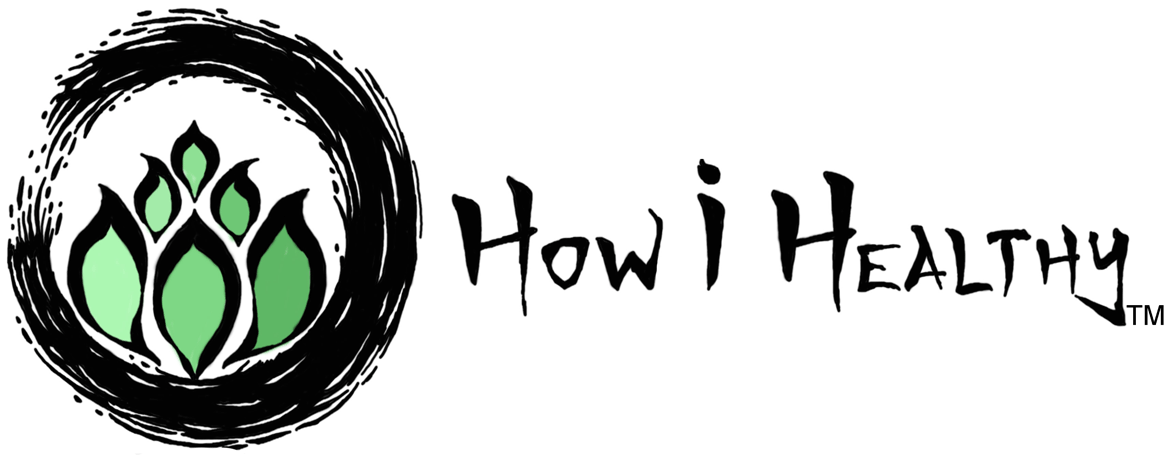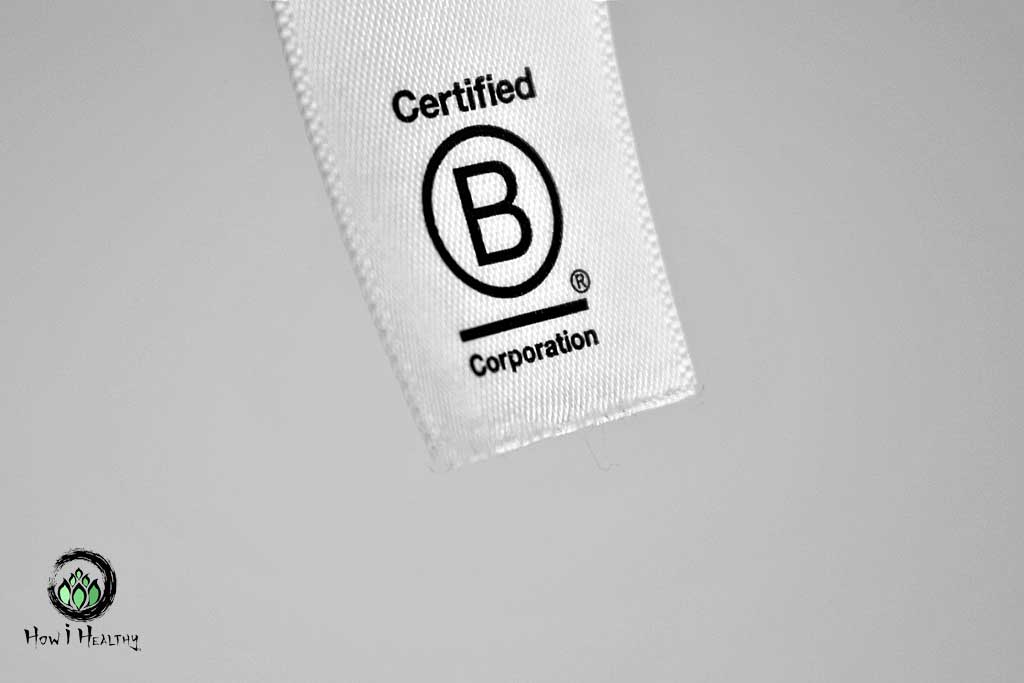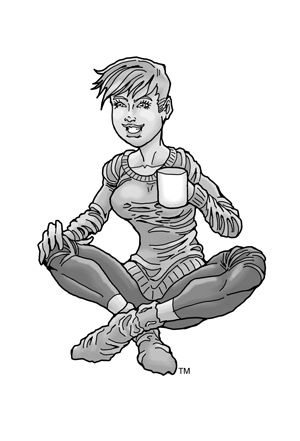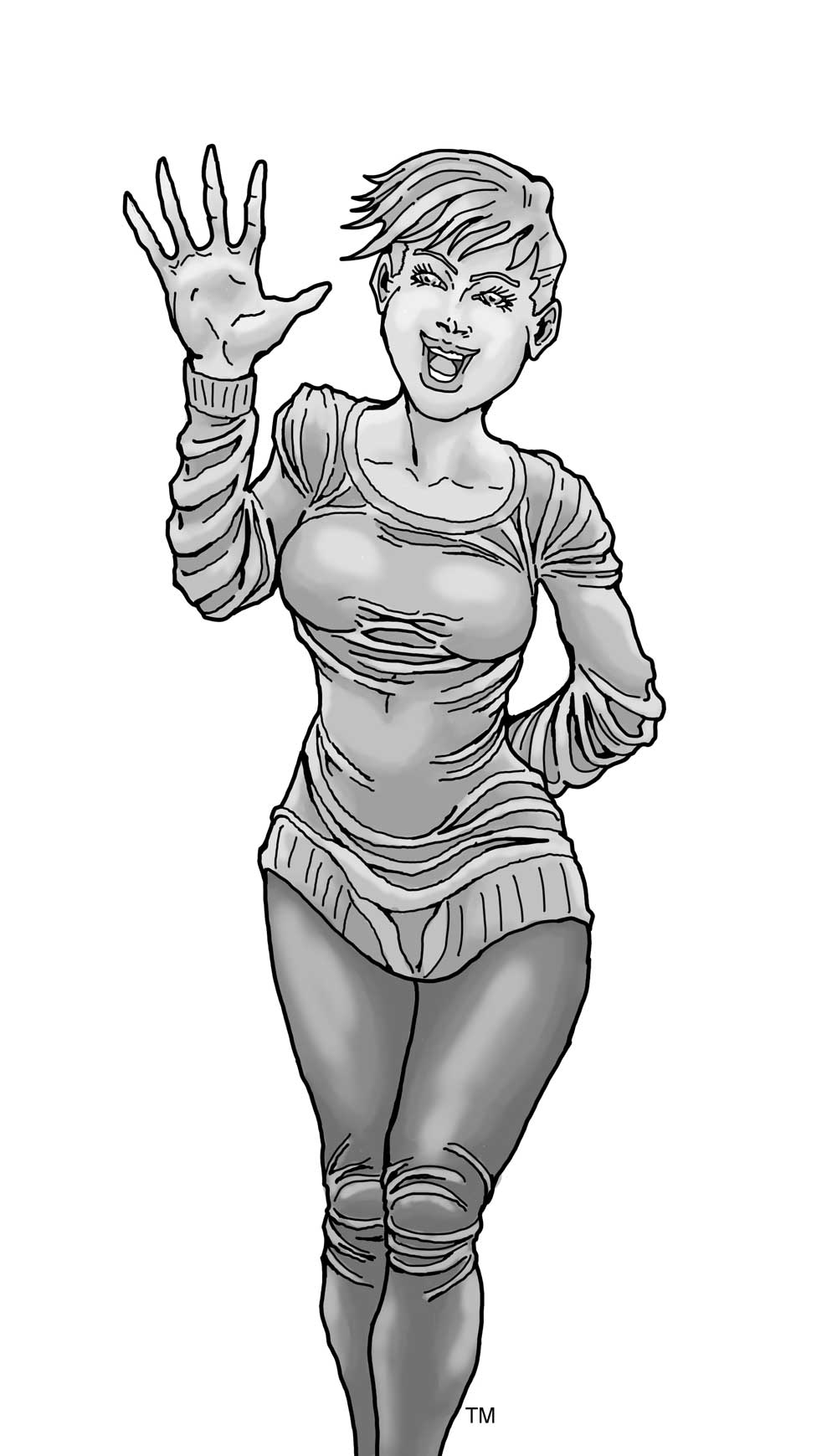In This Article, We'll Cover:
- Greenwashing Basics
- Which Eco-Marks Mean Nothing
- Which Eco-Marks Mean Something
- How to Shop with Your Favorite Marks. Without Getting Overwhelmed
- 4 Ways to Avoid Greenwashing Scams
“Organic”, “B-Corp®”,” “All Natural”, “Vegan”, “Eco-Friendly”, “GMO-Free”, “Fair-Trade”, “Greenguard Gold®”, “Pasture-Raised”, “VOC-Free” “All Natural”
Overwhelmed? I am.
So many labels! So many certifications!
What do they really mean, if anything at all?
Sometimes labels tell a story. A story about where a product comes from, who/what produced it, and what’s the impact on the environment/community.
Or sometimes a label is a bogus claim with nothing backing it up. Or it’s claiming to be something (more environmentally or socially responsible in this case) than it really is. That’s greenwashing. (63, 105)
From food and body products to furniture and paint, almost everything can have a label slapped on.
This guide navigates the poorly regulated world of product labels.
A buzzword debunker.
Greenwashing 101
In 1986, Jay Westervelt, an environmentalist, first used “greenwashing” in an essay published about the hospitality industry. (105)
“Greenwashing” means advertising a product as more environmentally conscious then it actually is. (63, 105)
Today, greenwashing can be used for products or services, and business organization/operations/standards/practices. (105)
Why would a company do that?
Because “eco-friendly” stuff sells.
66% of consumers are willing to pay more for sustainable & ethical products.
And corporations exploit that.
(105)
Here’s the thing.
Greenwashing bothers me to the core. That’s why I started How i Healthy.
I was frustrated with the confusion I felt when trying to make greener choices. It wasn’t until I started digging into the scientific literature, I realized greenwashing isn’t just annoying, it’s detrimental.
Greenwashing is harmful in several ways:
- Devalues environmentally & socially responsible companies & products that actually are socially/environmentally engaged.
- Enables misinformation and confusion.
- Raises consumer skepticism about sustainable solutions and effectiveness.
(105)
The worst part? Greenwashing is increasing. (105)
Greenwashing Basics
Here’s some forms greenwashing takes:
- False Hopes: Claiming something offers a solution when it doesn’t. Like “compostable bioplastic” which still ends up in landfills because it’s not home compostable and industrial composting facilities don’t widely exist yet.
- False Labels: Certification-like images that mean nothing. Like “All Natural” (14).
- Fearmongering: Manipulating and arousing consumer fears. Often to promote a “solution” or product that can quell them.
- Forged Labels: Real certification marks that are forged. “UL-certified” is often forged on products. (46).
- Irrelevant Claims: An example, CertiPUR-US® certified mattresses have no “pBDEs, TDCPP, and TCEP”. But the EPA already bans these. So, the claim is irrelevant. (47, 48, 49)
- Misdirection: Highlighting one attribute to hide/excuse another. Example: Polyvinyl Alcohol (PVA) is laundry detergent strips. Laundry strip companies claim, “no plastic jugs!”. But PVA is plastic. Those awesome water-free laundry strips still have plastic. And that PVA pollutes water systems, aquatic life, groundwater, and is not removed in most water treatment facilities. PVA also ends up in sludge waste, which is then incinerated, put into landfills, or used for agricultural purposes. (114)
- No Proof: A company makes a claim and provides no way to verify it.
- Vague Words: “Eco-friendly” and “green” lack specifics and ask more questions than answer.
- Profits Over People and the Environment.
(405)
Let’s dive deeper.
Ever Seen These Before?
“All Natural”*
“Biodegradable”
“Cage Free”
“Free” Range”
“Chemical Free’”
“Cruelty Free’”
“Eco-Friendly”
“Ethical”
“Fragrance Free”
“Farm Fresh”
“Family Farmed”
“Grass Finished”
“Green”
“Hypoallergenic”
“Locally Grown”
“Naturally Grown”
“No Additives”
“No Nitrates/Nitrites”
“Nontoxic”
“Pesticide Free”
These words are not verifiable through the USDA National Agricultural Library of Certification Program Listings, or the USDA Food Safety and Inspection Service Meat and Poultry Labeling Terms. (6, 7, 8)
* In the list above, “All Natural” is an outlier. “Natural” is listed on the USDA Food Safety and Inspection Service Meat and Poultry Labeling Terms as a product that:
“Contains no artificial ingredients or added color and is only minimally processed. Minimal processing means that the product was processed in a manner that does not fundamentally alter the product. The label must include a statement explaining the meaning of the term natural (such as “no artificial ingredients; minimally processed”)” (7).
The phrase “fundamentally altered” is vague. “All Natural” products can still include antibiotics, hormones, high fructose corn syrup, natural flavors, and maltodextrin. (8, 9, 10, 11, 12)
Companies can slap these words onto products with little to no repercussions. And they do.
4 Ways To Avoid Greenwashing
1. Buy Products with Third-party Certifications
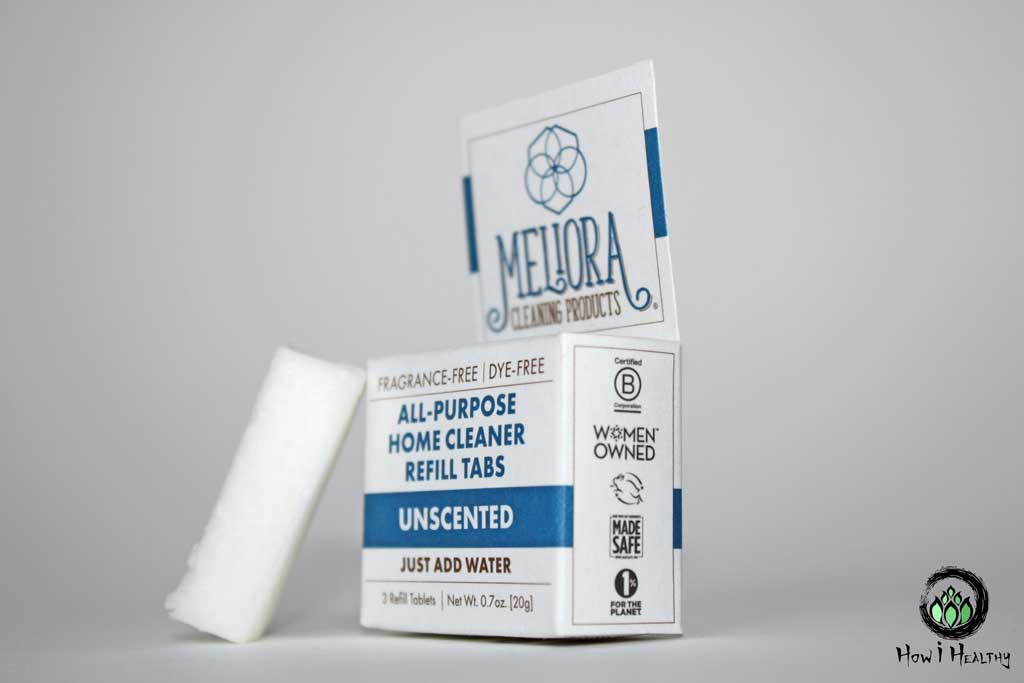
There are hundreds of certifications with unique “marks”.
“Marks” is the legal term for the certification logo/seal/emblem. (69)
Focus on a few certifications that align with your values.
What is most important to you?
Organic? Vegan? Fair-Trade®? B-Corp®?
Certifications tell a story:
- A soap can be“Vegan,” but not “Cruelty Free”
- “Fair Trade®” coffee vs. “USDA Organic®” coffee
- “Certified B-Corp®” or a “Green America®” certified business
- A mattress can be Greenguard Gold®, Oeko-Tex®, or CertiPUR-US®. These mean very different things.
- “Compostable” vs. “Home Compostable”
Each of these certificates provides information about a product, its manufacturer, and the workers who made it.
I’m not telling you what to pick.
I’ll list some popular certifications, so you can decide for yourself.
Pick the certifications most important to you. Then you can easily spot greenwashing.
2. Read Labels & Marketing Claims with Skepticism
There are more brands/products pushing false claims then real ones.
Typically, companies want to make money, not save the planet.
Assume a product is deceptive and look for the proof that it’s not.
3. Know the Signs of Greenwashing
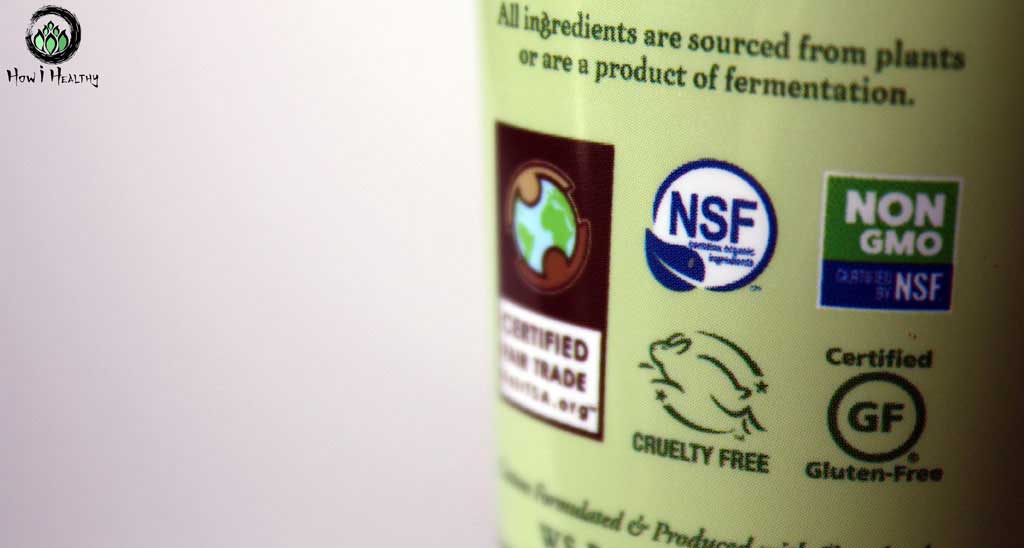
Marketing, wording, and packaging designs are the big tell.
Things like:
- Unregulated buzzwords: “All natural!”, “eco-friendly!”, “sustainably made!”.
- Green lettering and nature theme branding images.
- Misdirection tactics: Highlighting one attribute while obscuring another. Like laundry detergent strips who claim, “no plastic jug!” but still have Polyvinyl Alcohol (AKA plastic) in them. Or banks that highlight “LEED lightbulbs” in their branches while simultaneously funding oil pipelines that run through Indigenous lands.
- Weak commitments/statements with no data to back them up. “We try to be sustainable whenever possible”, or “we try to reduce our waste and recycle”.
- Green claims with plastic packaging. Most products/companies claiming to be environmentally conscious won’t package in plastic. Plastic-free packaging is a bare minimum for sustainability. But remember, plastic-free packaging can also be a misdirection too. “Look at our plastic-free packaging…but don’t look at our questionable supply chain or ingredients!”
- Compostable bioplastic products. Bioplastic is very misleading. “compostable bioplastic” even more so. We dive in more later on, but in quick summery: bioplastic is not home-compostable, it needs an industrial compost facility. Most people don’t live near one. That means that bioplastic is going in the garage. And you paid a premium price to do it. (92, 96, 98, 100)
4. Shop Through a Marketplace that Does the Work For You
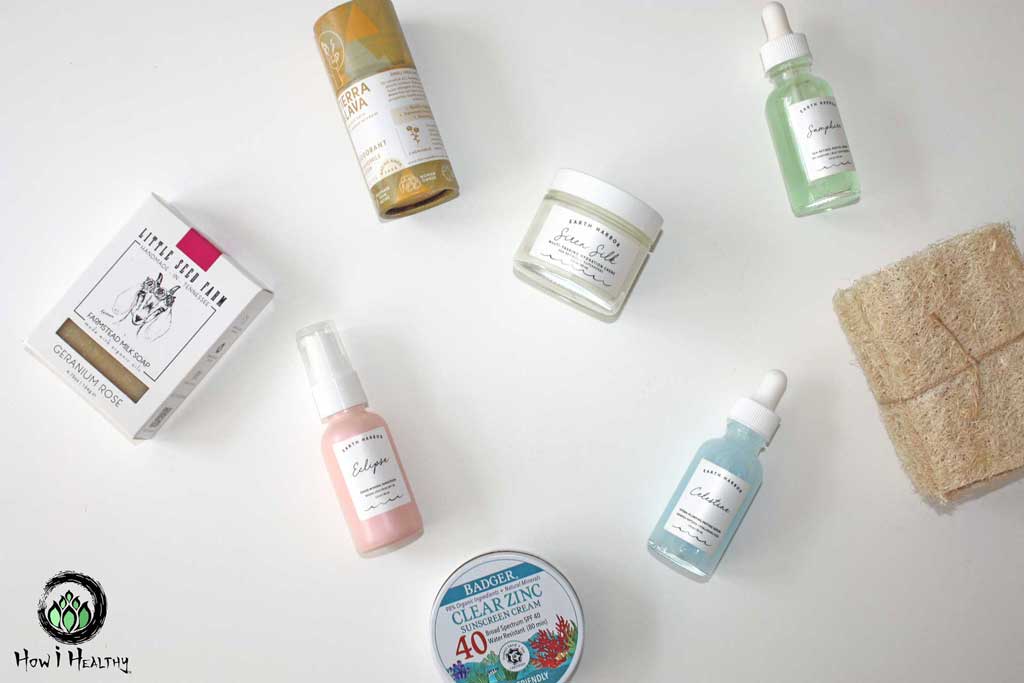
An alternative to sorting through a sea of labels is to shop through an ethical online marketplace.
I’m talking about EarthHero® or Mt. Rose Herbs®.
I shop almost exclusively through them (seriously, I don’t shop on Amazon®). Just see My Favorite Products.
Every product on EarthHero® & Mt. Rose Herb® sis vetted through their own rigorous standards and sports a host of third-party certifications. They even have their own too!
Both these shops make finding sustainable & ethical options SO much easier.
Shopping with Marks in Mind Is Easier
Some folks get overwhelmed by options. I certainly do. But shopping with eco-certification marks in mind makes shopping easier in many ways. Not harder.
Take condoms for example.
There’re many condoms out there. The options are daunting.
If you’ve read my article on Ethical Condoms, then you know that condoms have chemicals I avoid too.
Condoms also have lots of greenwashing. How did I sift through it?
I narrowed down my choices rather quickly by using eco-certification marks:
- I wanted 100% rubber latex condoms. With those standards, I tossed out dozens of options and found roughly four options.
- Next, I wanted something: Fair-Trade®, Green Business®, B-Corp®, or Cruelty Free. All the companies were B-Corps®, but only one used fair trade certified rubber and was certified Cruelty Free (bonus they were also a Green Business®!).
- Done! I narrowed down to this Awesome Ethical Condom.
By knowing your values, you can save time by eliminating products that don’t align with them.
Now, onward to the certifications!
Waste/End of Life Marks
Compostable
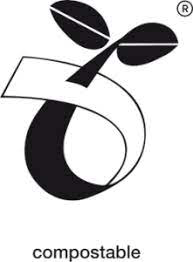
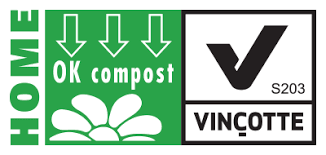
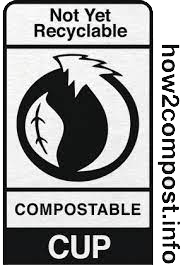
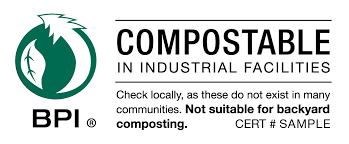
Compostable describes a product’s end-of-life. (101)
Products with these marks can decompose/breakdown under special conditions (often through heat, humidity, water, and/or microorganisms). (98, 101)
The phrase “special conditions” is important.
When these conditions are not met, compostable products don’t breakdown. The result is waste that contributes to marine pollution and greenhouse gas emissions. (98, 101)
The type of material a product is dictates weather it can be composted at home or requires an industrial composting facility. Compostable materials vary greatly. Some places don’t have the means to compost some materials.
Compostable bioplastic, for example requires special facilities most folks don’t have access to. But companies can gloss over this fact and instead make misleading “compostable!” claims.
Sex toys make this claim a lot.
That’s why I made a whole separate Greenwashed Sex Toys Guide on it.
The big take away for compostable is:
- “Compostable” isn’t the same as home compostable. We can’t just chuck it in the backyard. Many compostable products end up in general landfills or the ocean where they don’t breakdown. (92, 96, 98, 100)
- But, companies hype up the “compostable!” factor of products and charge premium for it too. So, look for “Home Compostable” if you don’t have an industrial compostable facility near you (and chances are you don’t, they are incredibly rare). (100)
- And things that are compostable typically should not be put in recycling. This can contaminate the recycling system & stream if mixed with petroleum-based plastics. (100)
- Best practices: Knowing what facilities/programs your municipality or community has. These dictate where to put your compostable products i.e. home compost, industrial compost, or the garbage.
Product/Companies I Love With This Mark:
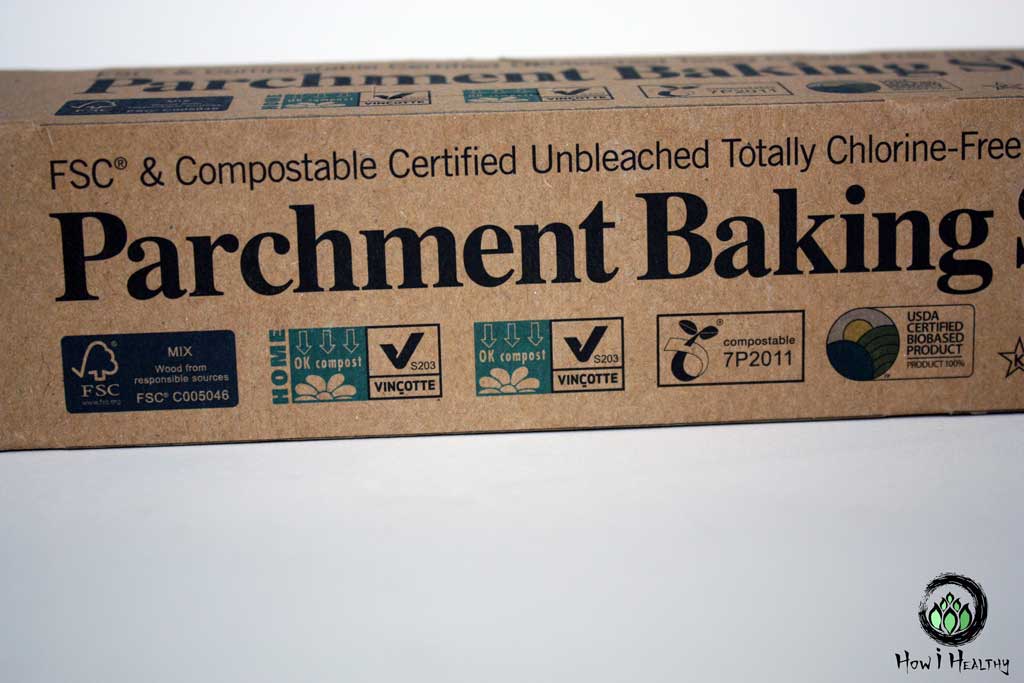
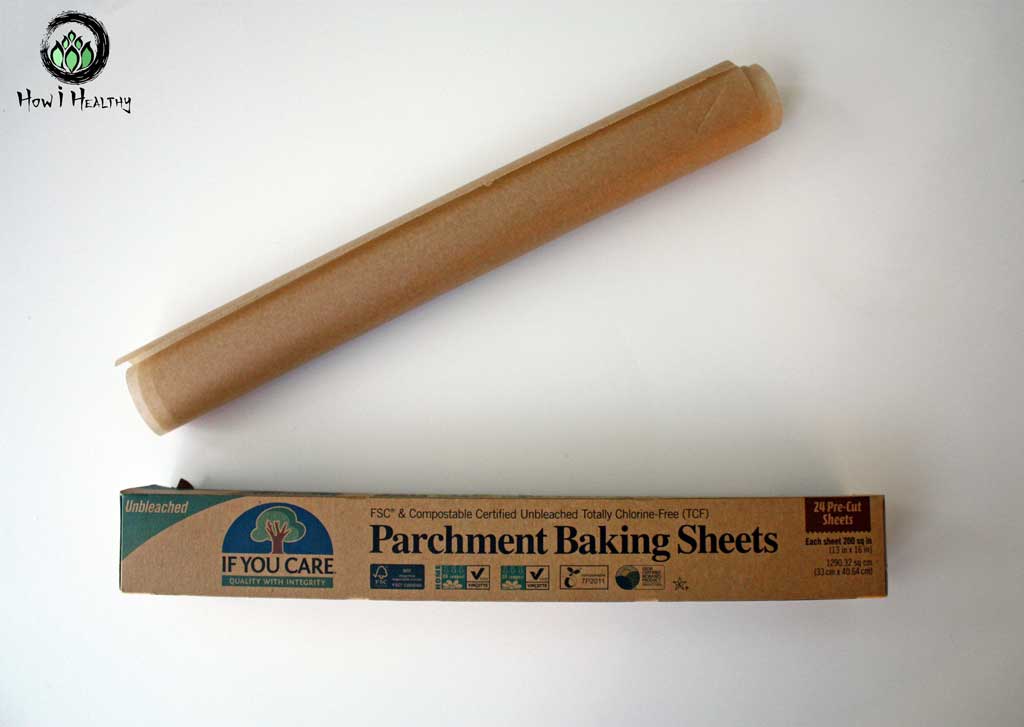
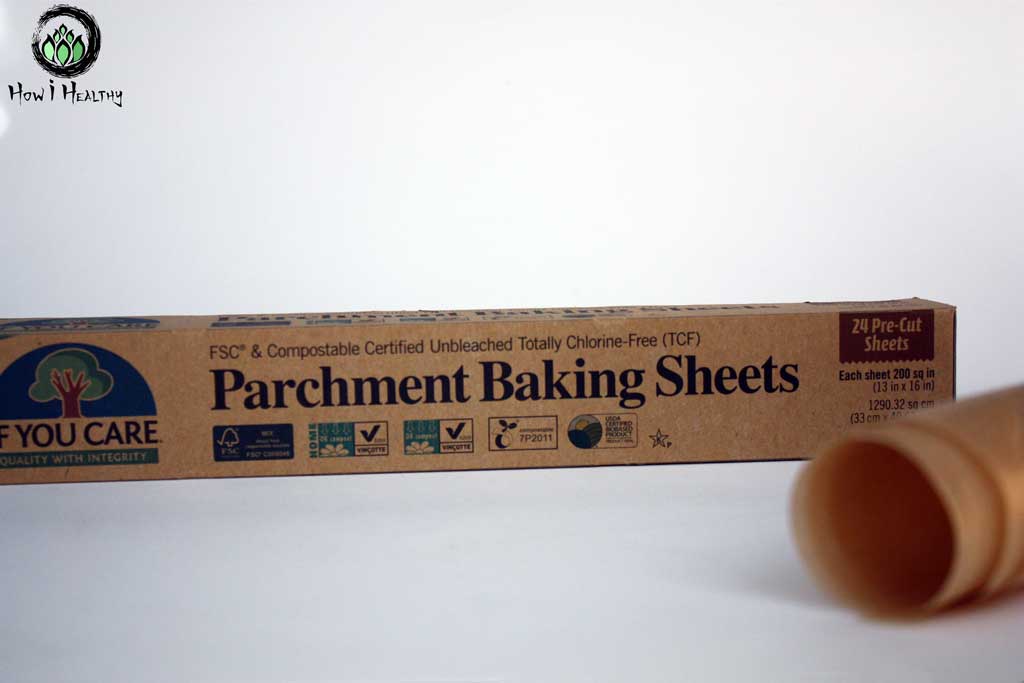
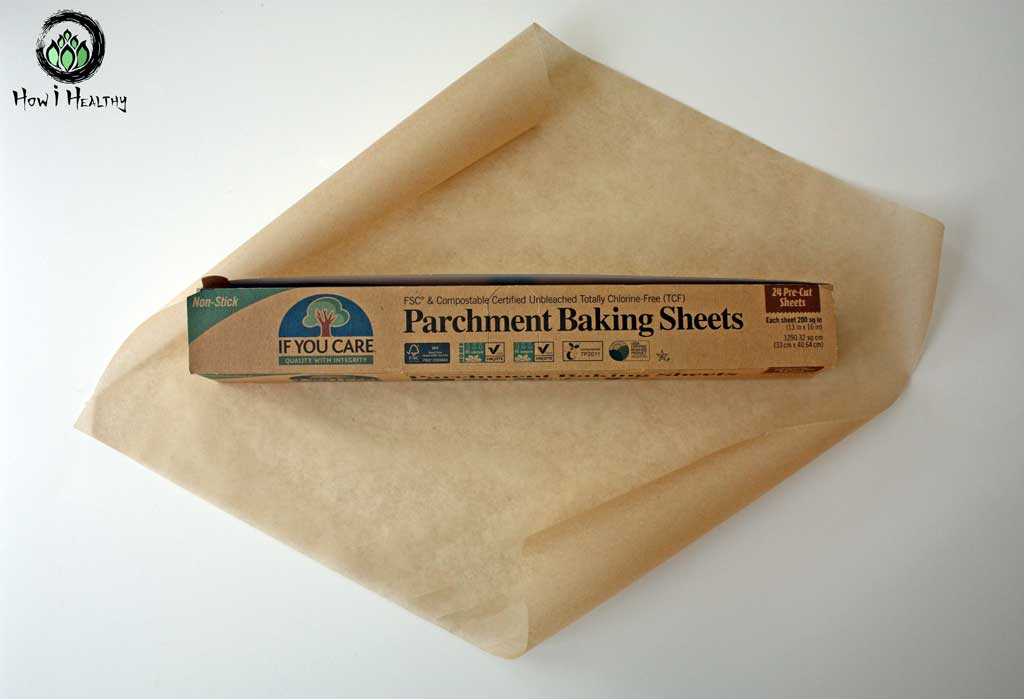
- Baking parchment by If You Care®. Look at all those compost marks! Nicely done.
Food & Product Certifications Marks
American Humane Certified®
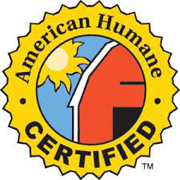
American Humane Certified® is a third-party certification through Humane Heartland.
Considered the least strict amongst the animal welfare certificates. Standards do not require pasture time for animals.
It permits beak-cutting, (cutting off hens beaks to prevent the animals ability to attack or defend itself).
American Humane Certified® created a separate standard for pasture access for egg-laying hens. This does not extend to other animals (1, 2).
American Humane Certified®, though not as strict as others, is still an improvement over industry standards. (1)
Animal Welfare Approved by A Greener World® (AGW)
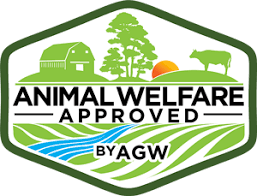
This is the gold standard for animal welfare certifications.
There are regulations for not only animal care, breeding, transport, and slaughter. It requires continuous access to pasture for cows, pigs, and birds.
It even includes guidelines for the working dogs on the farms.
Animal Welfare Approved® (AWA) standards are extensive with over hundreds of pages. (1,3)
Animal Welfare Certified by Global Animal Partnership® (GAP)
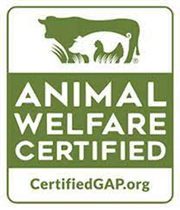
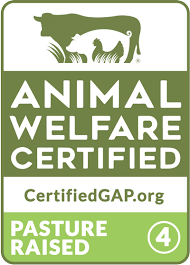
Animal Welfare Certified® is a six-tiered certification:
- “1 Basic”
- “2 Enriched Environment”
- “3 Outdoor Access”
- “4 Pasture Raised”
- “5 Animal Centered”
The base level is not a major improvement on industry standards.
But level 2 and up requires year-round pasture access, animal enrichment, no ‘physical alterations’ such as tail docking or castration, and no off-site transport to slaughter meaning animals spend their entire life on the farm. (1, 5)
Biodynamic®
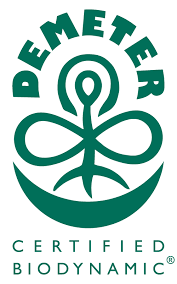

Owned by the nonprofit Demeter Association Inc., Biodynamic®.
It requires prohibition of pesticides and fertilizers, crop rotation, composting, biodiversity, and quality pasture access. (13)
Bird Friendly®
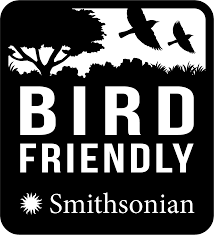

This certification is for coffee.
Created by the Smithsonian Migratory Bird Centre (SMBC).
The standards include organic farming methods, maintaining forest cover, and bird conservation efforts. To qualify as Bird Friendly® the coffee must also be certified organic. (14)
Dolphin-Safe®
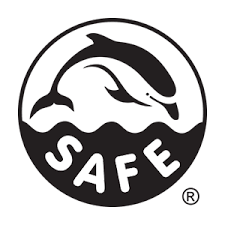

This mark is controversial.
You’ll find it on tuna products.
At a glance, you might think that no dolphins were harmed during tuna fishing. It’s not that simple.
Compliance with the Dolphin-Safe® mark means ship captains take a class on dolphin safe fishing and give a written statement that no dolphins were intentionally killed or seriously injured while fishing for tuna. (58)
“Dolphin safe” does not mean “ocean safe”. Approximately 650,000 marine mammals including whales, seals, and dolphins are killed or seriously injured every year from fishing and hooking practices of fish and crustaceans, according to the Natural Resources Defense Council’s Marine Mammal Protection Project. (59)
Even if a captain claims their tuna is dolphin safe, other marine life is excluded and could be harmed.
A class-action lawsuit against Bumble Bee Foods®, Nestle Purina Petcare®, and StarKist® highlighted this issue. “Dolphin-Safe®” tuna caught with “longlines”, caught more than tuna. These animals are not set lose and are instead killed according to the World Wildlife Foundation. (15)
The verdict of the lawsuit (as of March 2020) is pending. But one of the seafood companies requested a dismissal of the suite stating:
“The dolphin-safe logo that appears on tuna products does not state or convey a message that tuna products will not result in any possible harm or injury to dolphins” (16).
Plus, this mark doesn’t consider tuna sustainability practices.
I don’t eat tuna (I don’t like anything that tastes like the ocean). But if you are looking for a trusted brand, GreenPeace’s 2017 Guide to Tuna Shopping is a resource to check out.
Grassfed and Pasture Raised
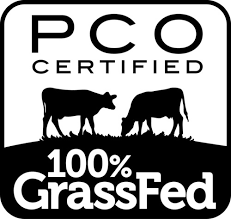

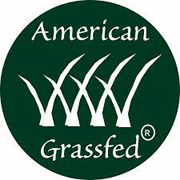




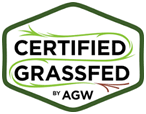

“Grassfed”, “Grass Fed”, “Grass-fed”, and “pasture-fed” are all unregulated buzzwords.
Many animals eat grass. But “grassfed” does not mean 100% grassfed. It could mean as little as 5% grassfed.
The marks above validate grass fed claims. (6, 7)
GMO Free
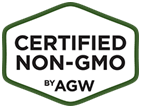

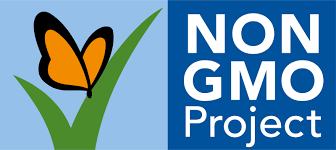

Genetically modified organisms, or GMOs, include plants, animals, or microorganisms genetically modified in a laboratory. GMO tolerate herbicides better than non-modified crops. (17)
Glyphosate, a component in herbicide, could play a role in disrupting our ability to use and absorb manganese. Manganese is a nutrient required for essential body functions. Manganese deficiency might increase the risk of several diseases and health conditions. (18)
Legal actions by American farmers against herbicide companies are increasing. Allegedly, glyphosate in herbicide caused specific types of cancer in farmers exposed to it. (19)
Non-GMO marks have several differences:
- The Non-GMO Project Verified® allows up to 5% GMO contamination in animal feeds, while AGW® allows 0.9%. (20, 21)
- AGW® requires animal products also meet AGW®’s strict animal husbandry and welfare standards. (21)
International Aloe Science Council (IASC)
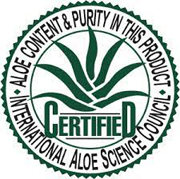

The IASC is a nonprofit trade organization that audits aloe vera products and sets standards of cultivation, and production. Aloe vera growers, processors, and manufacturers can apply for certification.
The IASC mark on a product means the aloe vera content is not only accurate, but meets quality, quantity, and purity standards (84). Fake “Aloe Products” aren’t uncommon, so this mark can help you buy the real thing.
Product/Companies I Love With This Mark:
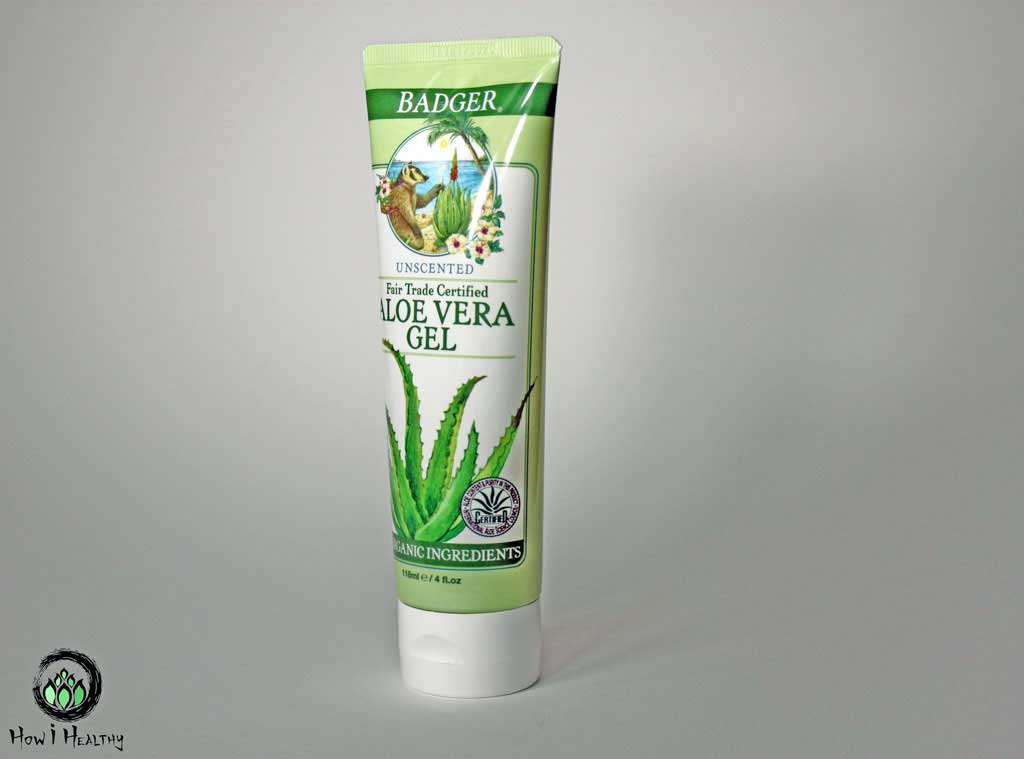

Marine Certifications
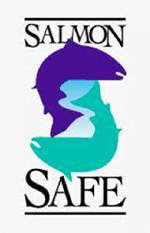

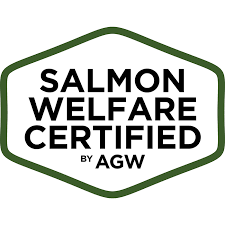

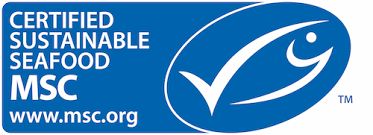

Unlike the Dolphin-Safe® mark, Salmon-Safe®, Marine Stewardship Council®, and A Greener World by (AGW)® have robust standards.
Standards include sustainable fishing schedules to reduce environmental impacts, water use management, and habitat conservation guidelines. (27, 28, 29)
Product/Companies I Love With This Mark:
- Mountain Rose Herbs® is Salmon-Safe® and Trout-Friendly® Landscape Certified.
Certified Organic
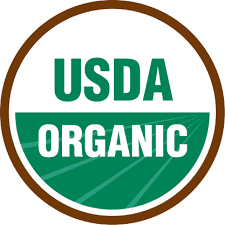

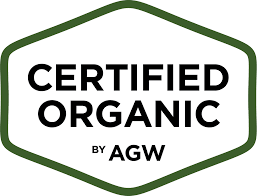

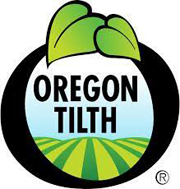

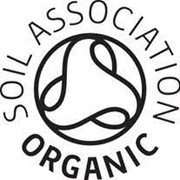

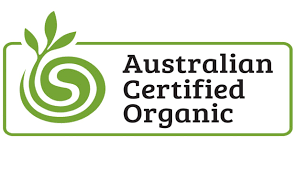

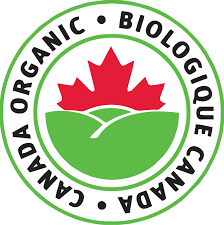

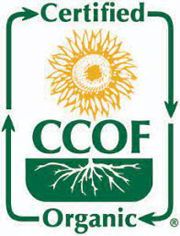

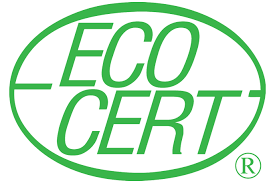

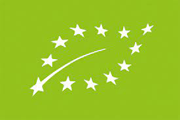

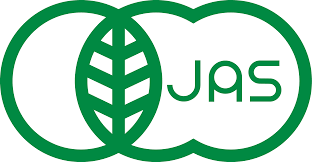

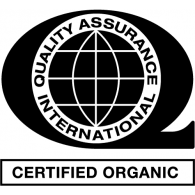

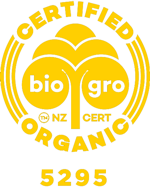

Organic marks verify many types of products. From food and animal feed, to planting seeds and body care products. (26)
There are many organic certifications across the world. Some are independent third parties, others are government based. (26)
In general, these marks certify that GMO seeds and synthetic chemicals, like fertilizer and herbicide, were not used in cultivation or production. (26)
Product/Companies I Love With This Mark:
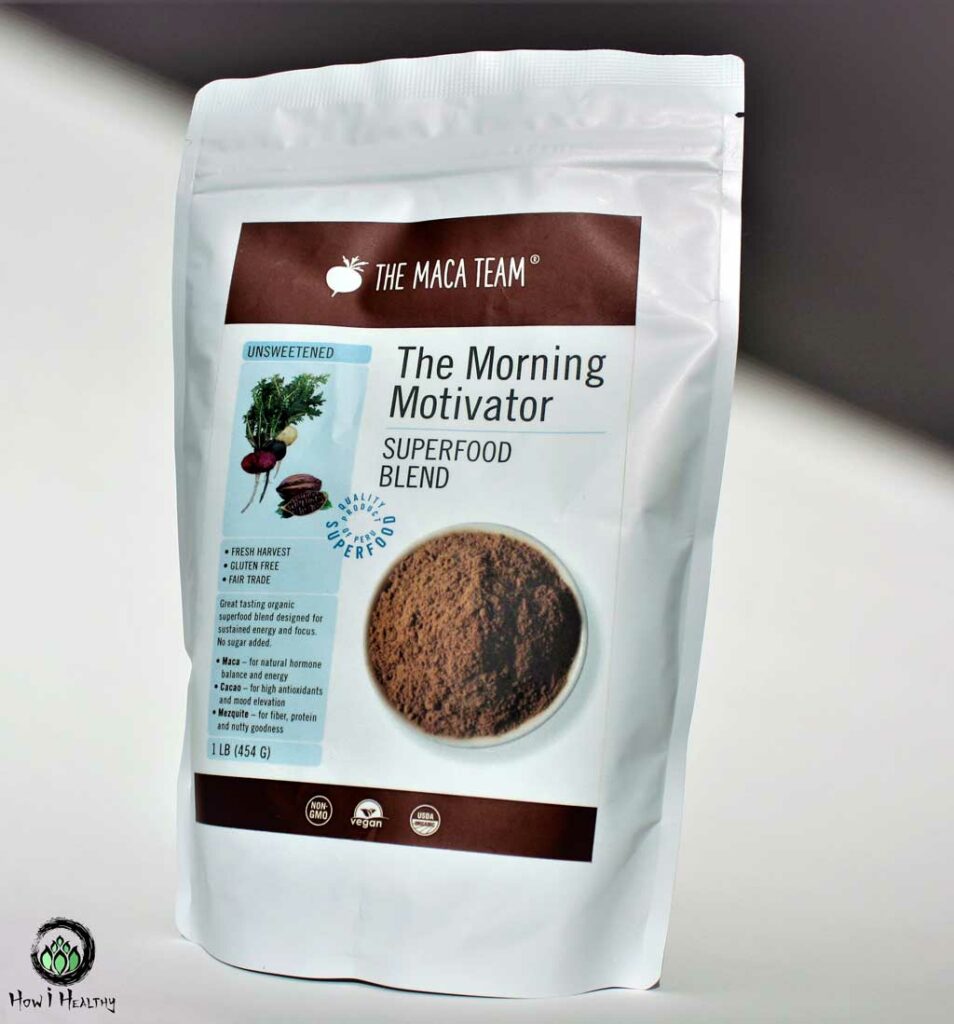

- Natracare® Period Products are made with just organic cotton. No plastic, no chemicals.
- Sweetened Morning Motivator for an actually Yummy Coffee Alternative.
- Vermont Soap, the best place to buy bar soap in bulk for an amazing price!
Protect Land + Sea Certified
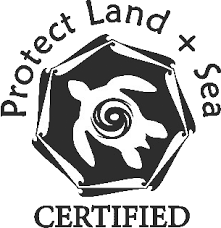

This mark is rare. It’s designed for sunscreens that don’t harm marine life. Most of the time you’ll just see “reef-friendly” on sunscreen packaging.
As well-intending as it may be, “reef-friendly” is just an unregulated buzzword. It’s the “all natural” of sunscreens.
Without a third-party certificated, there’s not much validity to the claim. It’s no surprise that half of “reef-safe” sunscreens tested failed to meet The National Oceanic Atmospheric Administration reef-safe standards. (87, 88)
Haereticus Environmental Laboratory (HEL), a nonprofit lab dedicated to wildlife and ecosystem conservation, performs the independent lab tests. (86)
If a product passes, that sunscreen does not contain reef-harming Microplastics, Nanoparticles, Oxybenzone, Octinoxate, 4-Methylbenzylidene Camphor, Octocrylene, Para-aminobenzoic acid (PABA), Methyl Paraben, Ethyl Paraben, Propyl Paraben, Butyl Paraben, Benzyl Paraben, or Triclosan. (86)
Product/Companies I Love With This Mark:
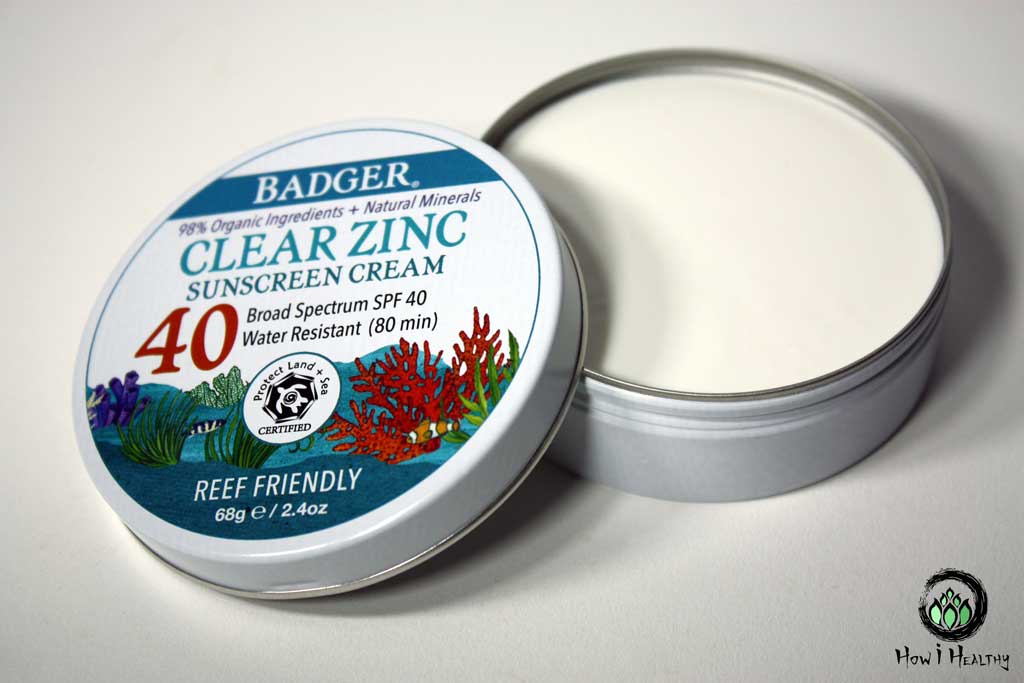

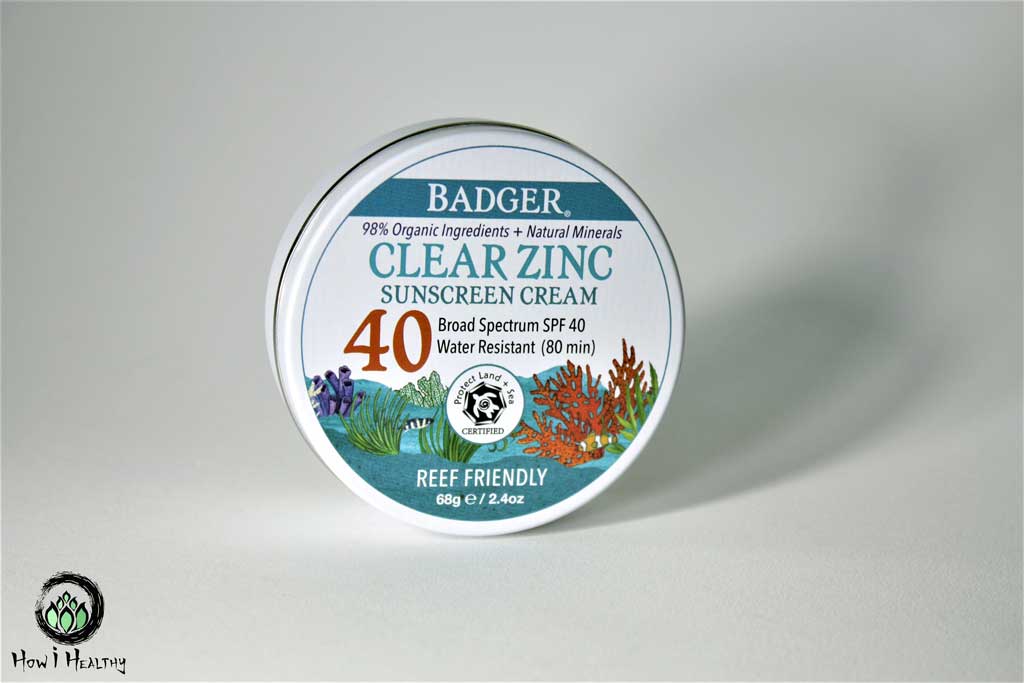



- Badger® Clear Zinc SPF 40. The only body sunscreen I’ll use.
Rainforest Alliance®
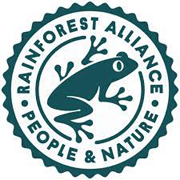

A 501(c)(3) nonprofit that sets comprehensive guidelines for GMO-free and sustainable farming practices.
These contribute to biodiversity and improve human wellbeing for local communities. This mark also promotes methods like crop rotation to support conservation efforts. (22)
Vegan
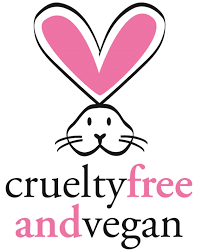

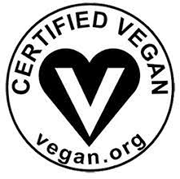

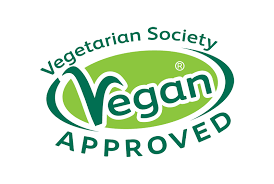

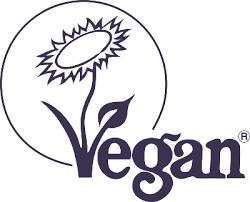



Vegan marks can be issued to food & non-food products. To qualify, products must not involve animal testing or contain any animal-derived ingredients, GMOs, or genes. (23, 24, 25)
Product/Companies I Love With This Mark:
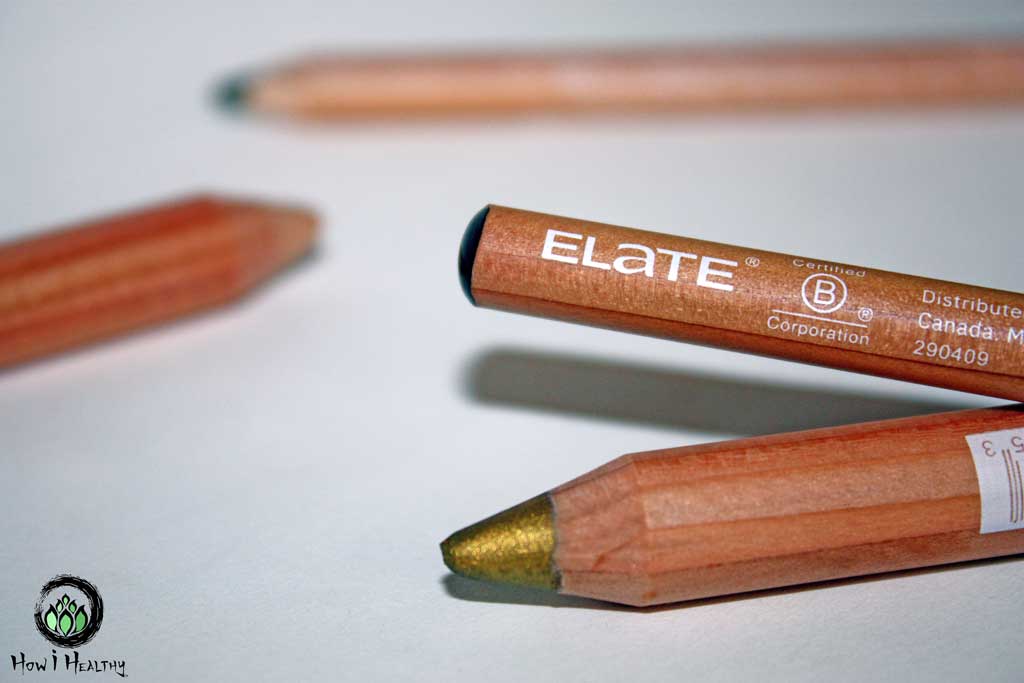

- Elate Cosmetics for vegan & cruelty-free makeup.
Business Practices Marks
B Corporation®
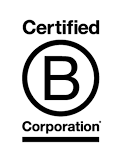

B Corporation® verified by B Lab. B Lab is a nonprofit organization. This mark means a business commits to positively its impacting employees, the local community, and the environment. (30)
B Corporation® describes itself as a business model that “balances purpose and profit.” Over 500 B Corporation® companies committed to net zero emissions by 2030. (30, 31)
Product/Companies I Love With This Mark:
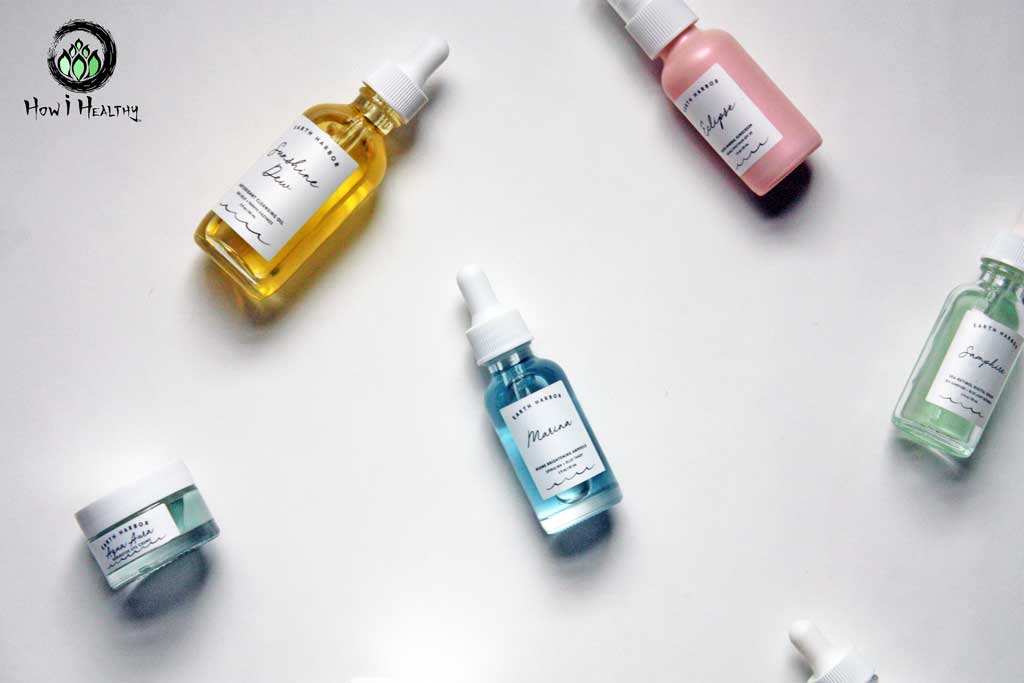

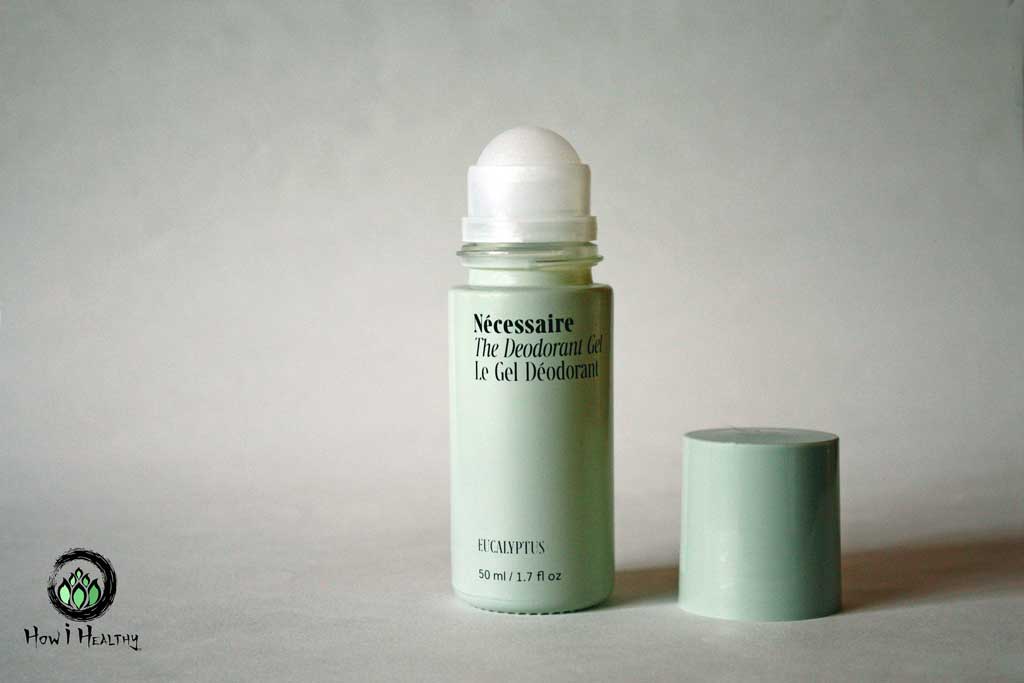


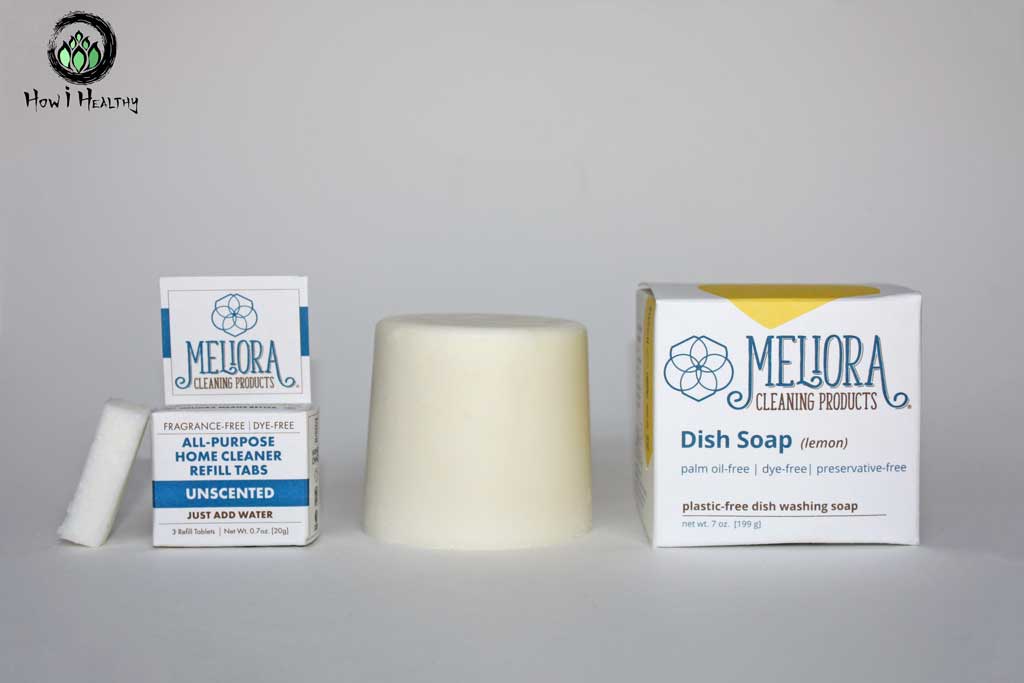






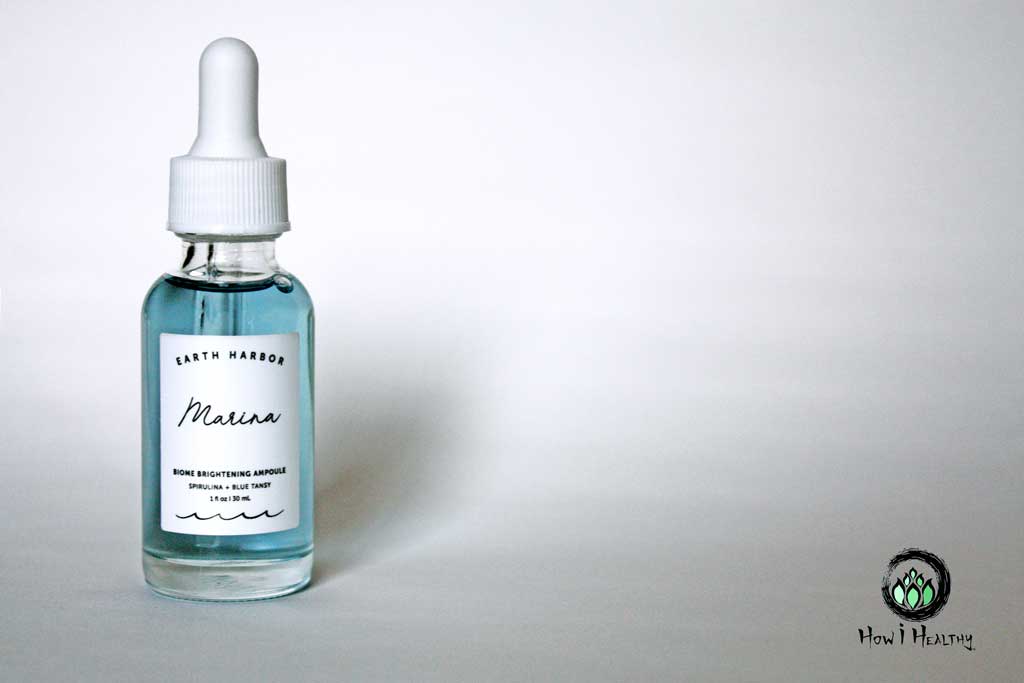

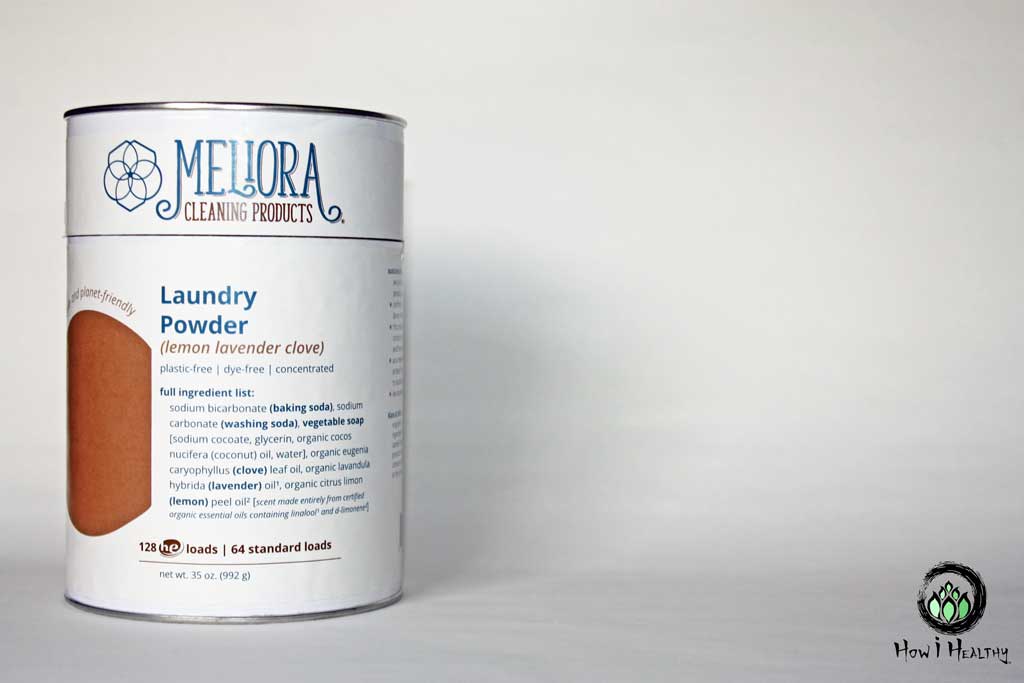

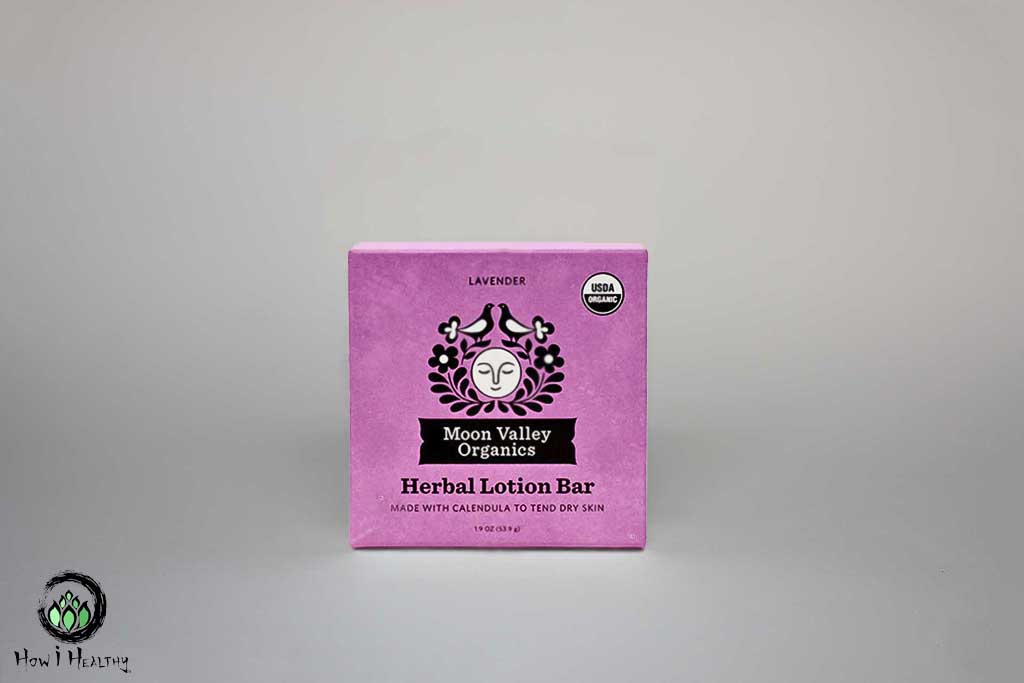

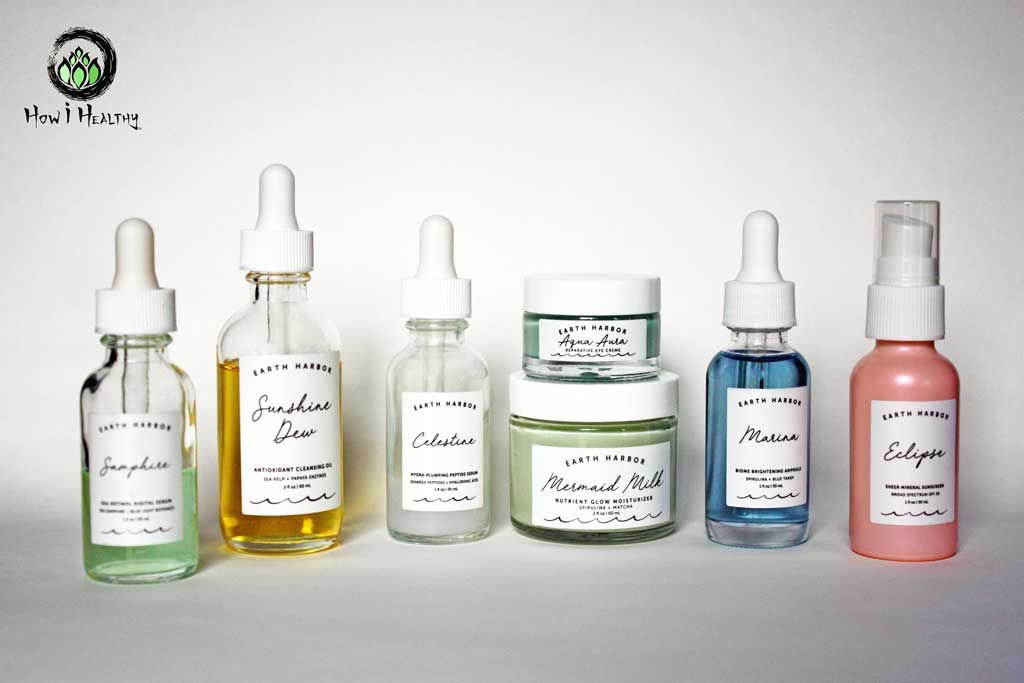

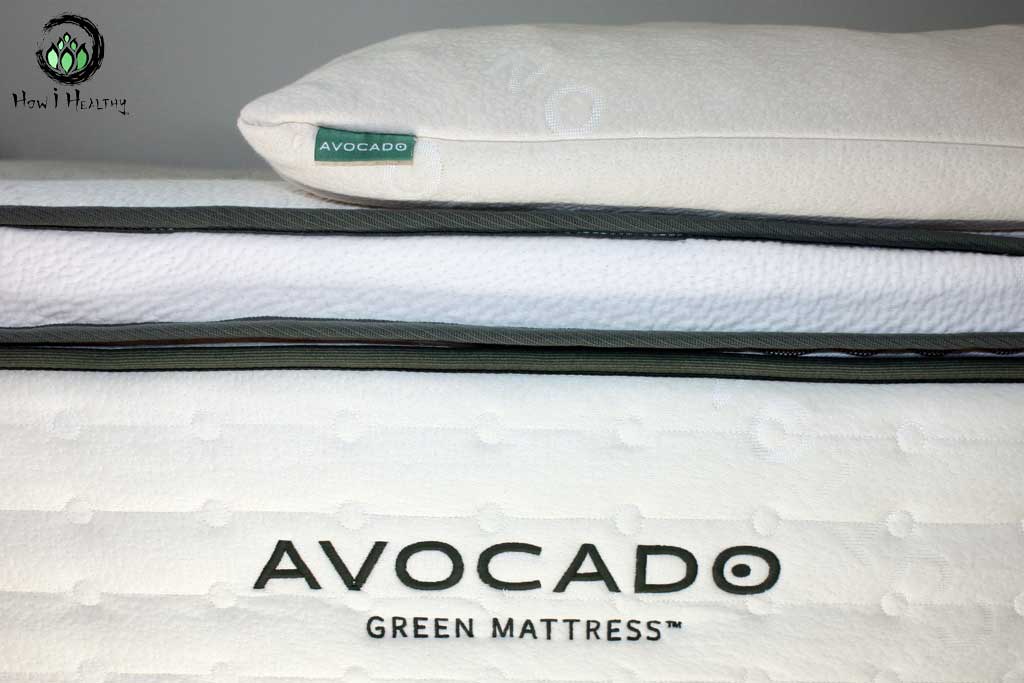


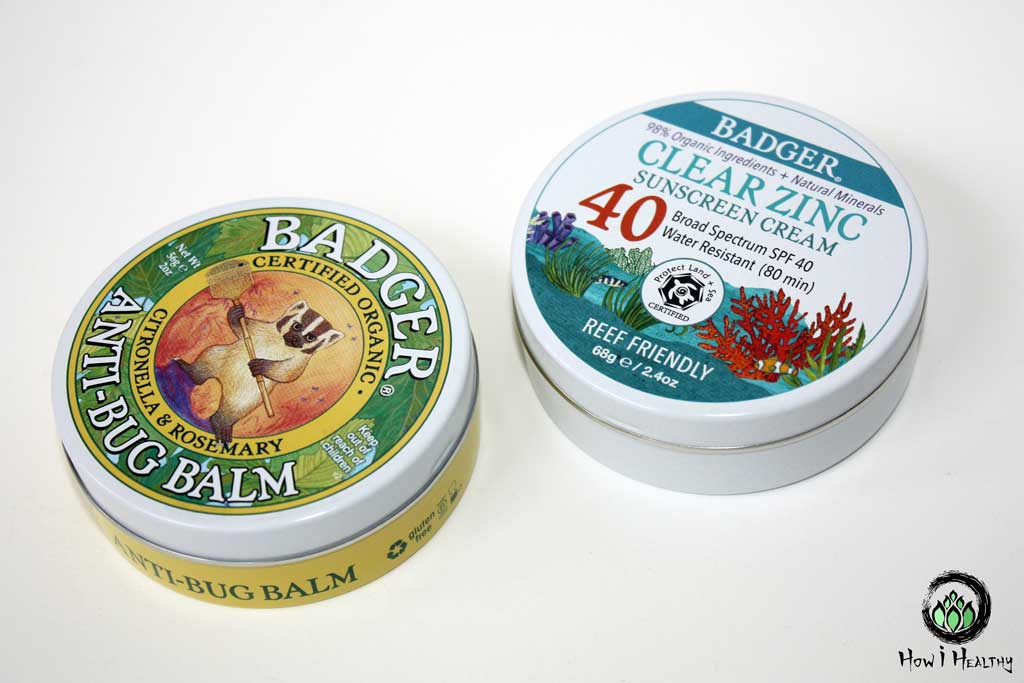


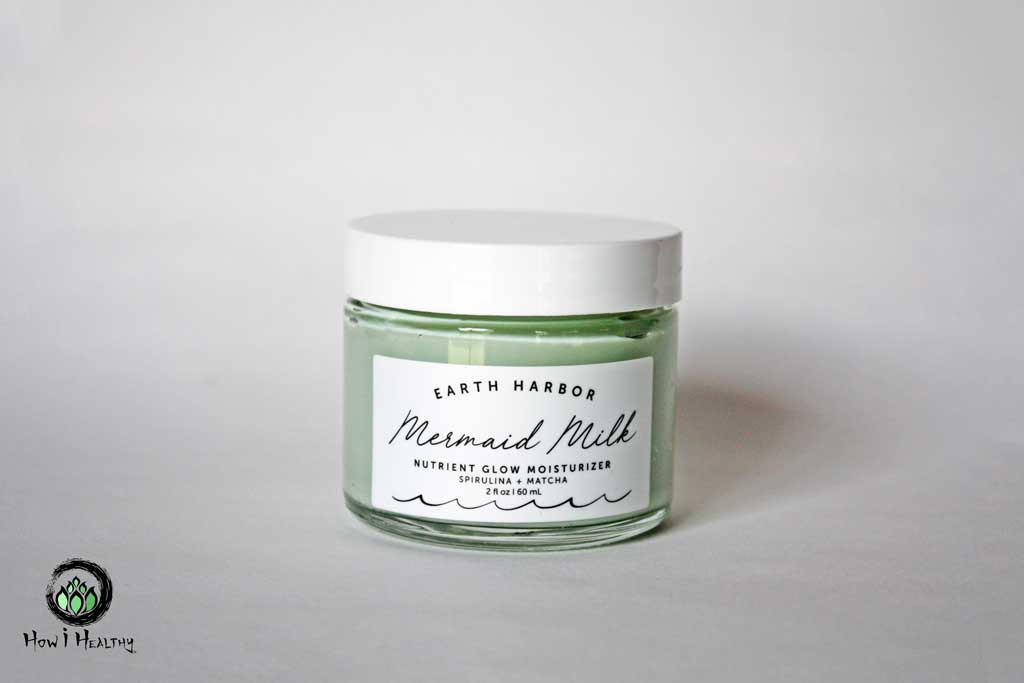

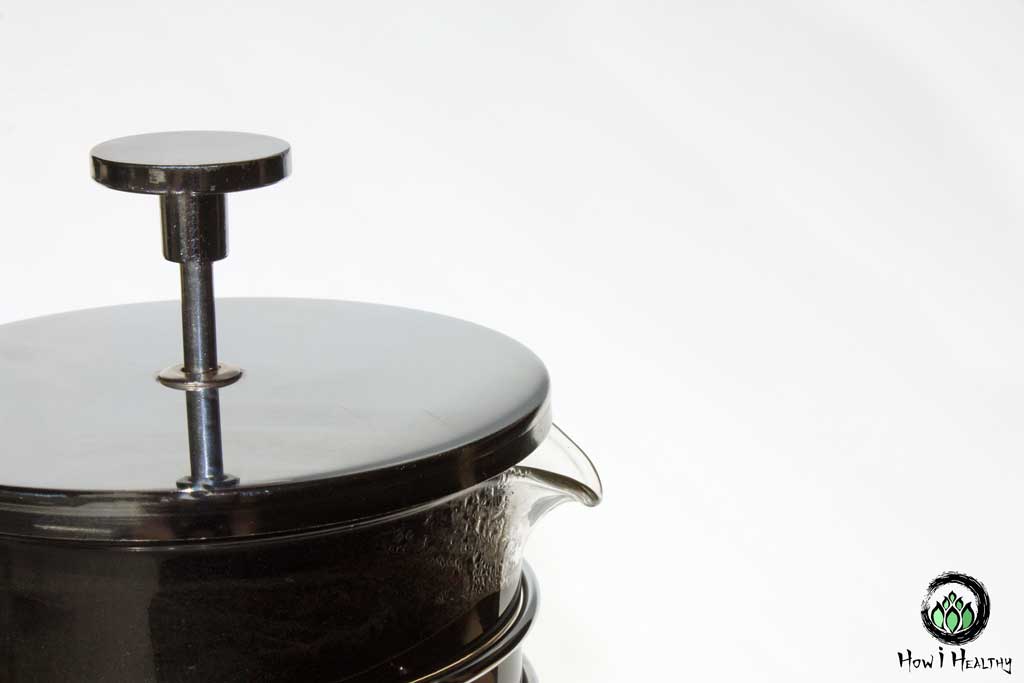


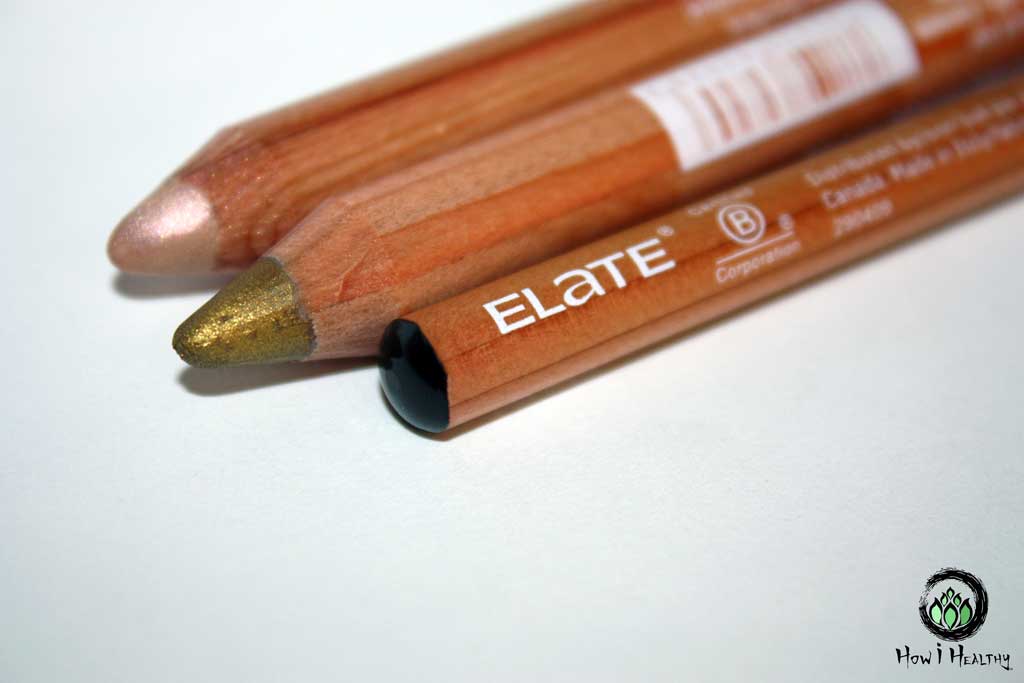

- Avocado® mattress. Stay tuned, this company appears on this guide a lot.
- Badger® Clear Zinc SPF 40 is my all-time favorite body sunscreen.
- Badger® Bug Balm for natural bug repellent that works.
- Better World Books® for pre-loved books that help the world!
- Earth Harbor is the only stuff that doesn’t make my face breakout. It is pure magic. See why in my Earth Harbor Review.
- EarthHero®, the online ethical marketplace for pretty much everything.
- Elate Cosmetics for sustainable & ethical makeup.
- Meliora®, for all the cleaning! Look at those marks!
- Nécessaire Deodorant. The best natural deodorant I’ve ever used.
- My beloved Canadian-made French Press.
CarbonFund® & Climate Neutral® & Native Energy®
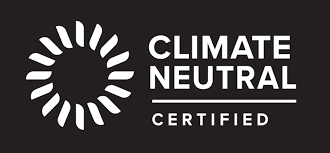

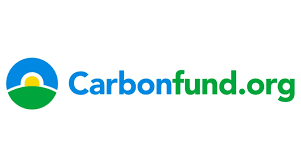

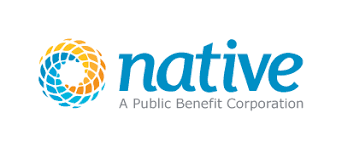

Carbonfund.org Foundation®, Climate Neutral®, and Native Energy® are nonprofits helping companies calculate, offset, and reduce their carbon emissions footprint with ‘carbon offsetting’.
Carbon offsetting means companies ‘offset’ their own emissions by purchasing ‘carbon credits’. (67, 68)
The money goes to environmental projects. Projects like forest restoration, renewable energy, capturing biogas from livestock, capturing methane gas from landfills, and energy efficiency. The number of credits purchased depends on carbon emissions. Produced. Typically, 1 carbon credit negates 1 ton of carbon. (67, 68)
Seeing these marks can indicate a company dedicated to helping environmental causes. The company contributes to carbon emissions, but they ‘off set’, or limit, their impact. (67, 68)
Product/Companies I Love With This Mark:
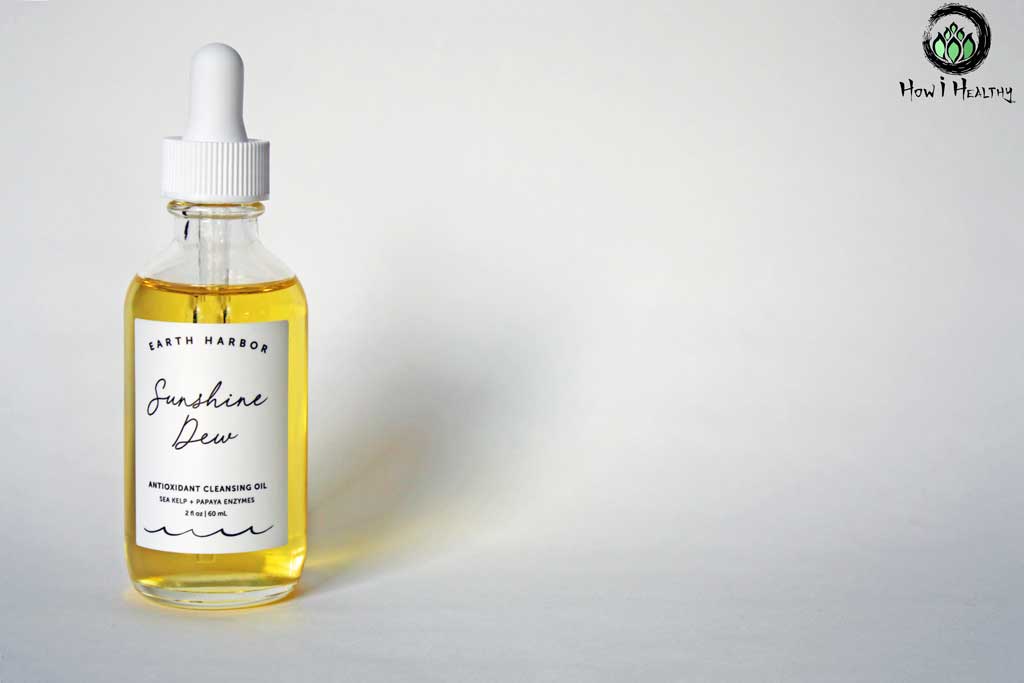

- Avocado® Mattress is carbon negative. And uses only wind & solar power.
- EarthHero®, the online ethical marketplace for pretty much everything.
- Earth Harbor for all things face.
- Mountain Rose Herbs®, for anything EarthHero® doesn’t have.
- Nécessaire Deodorant. Natural deoderant that works!
Cruelty Free
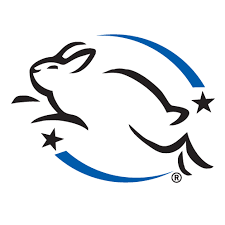



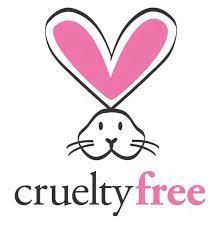

Products with the above marks indicates that no animal testing was used in developing the product.
Leaping Bunny® requires regular independent audits. PETA’s Cruelty Free® does not audit companies to ensure standards. (32, 33, 34)
Product/Companies I Love With This Mark:
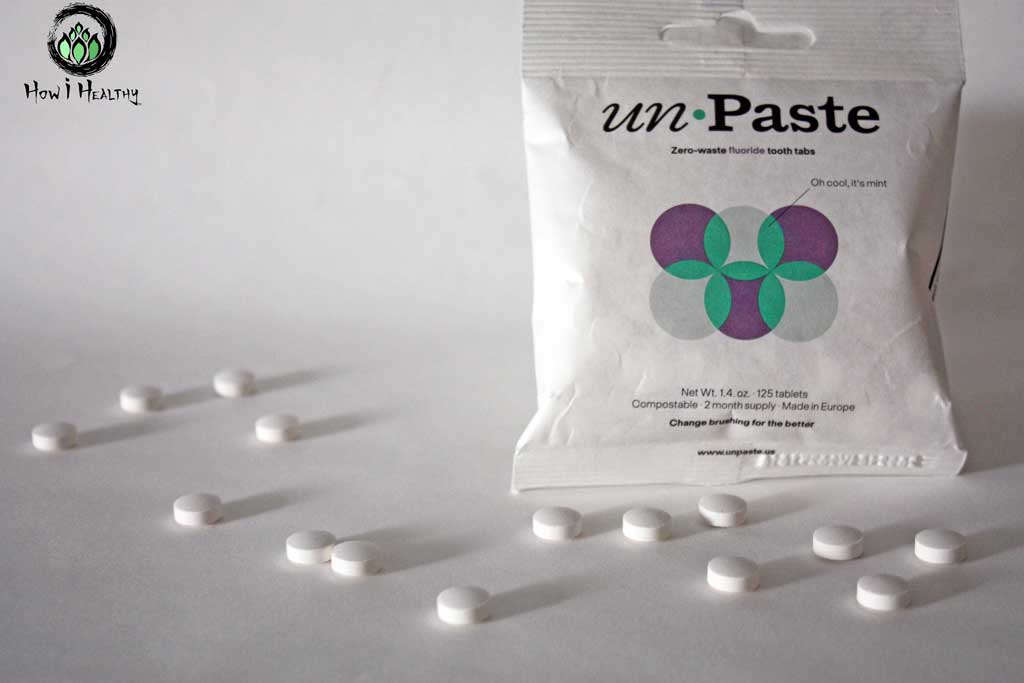

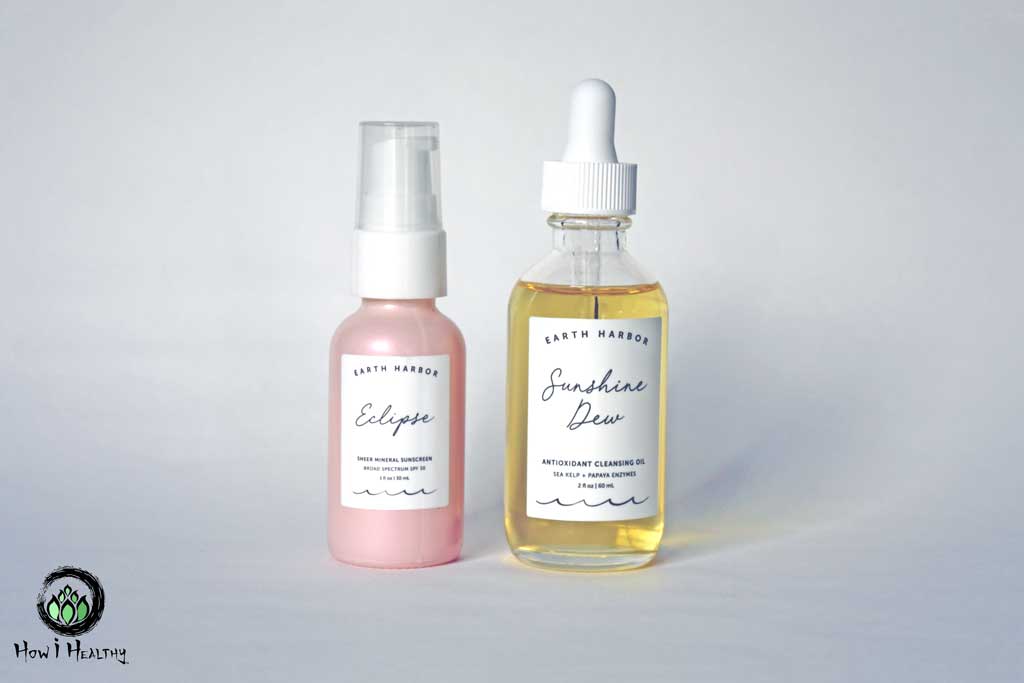

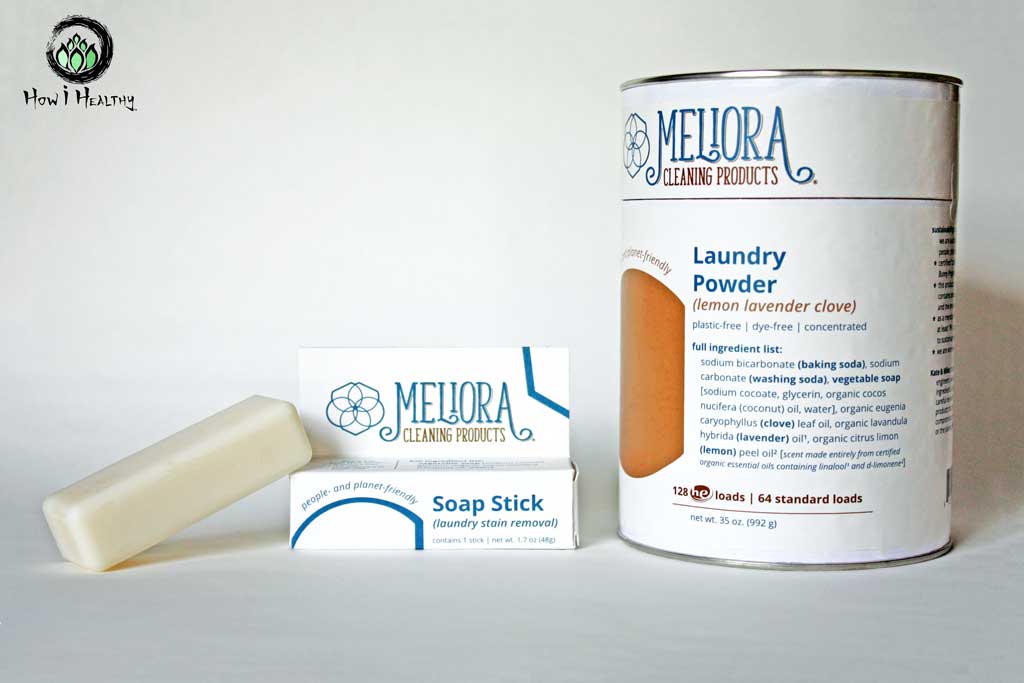

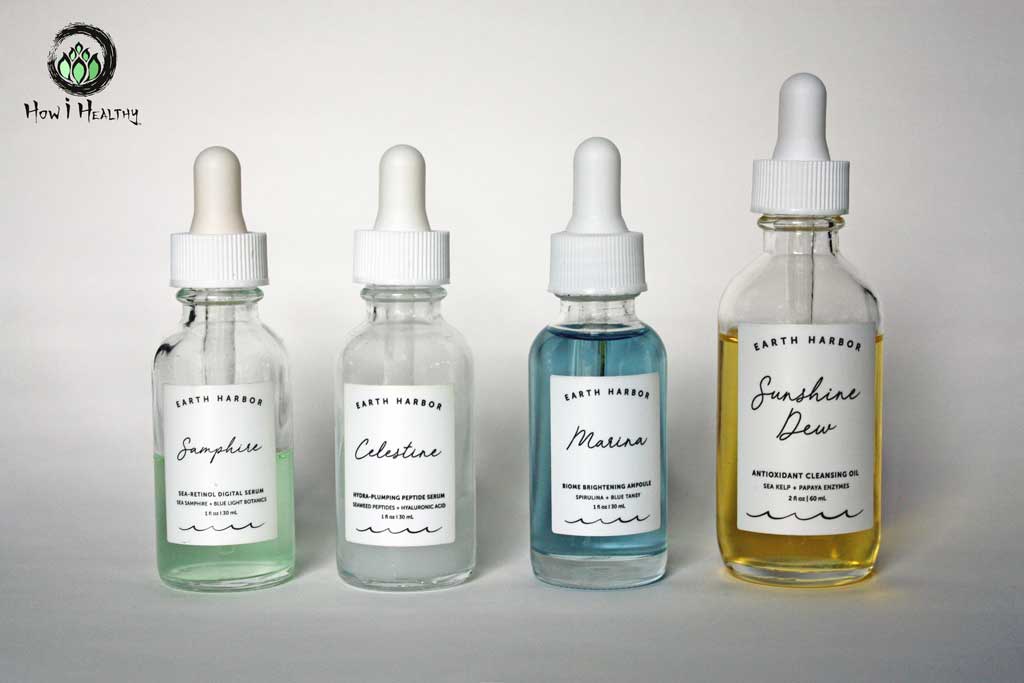

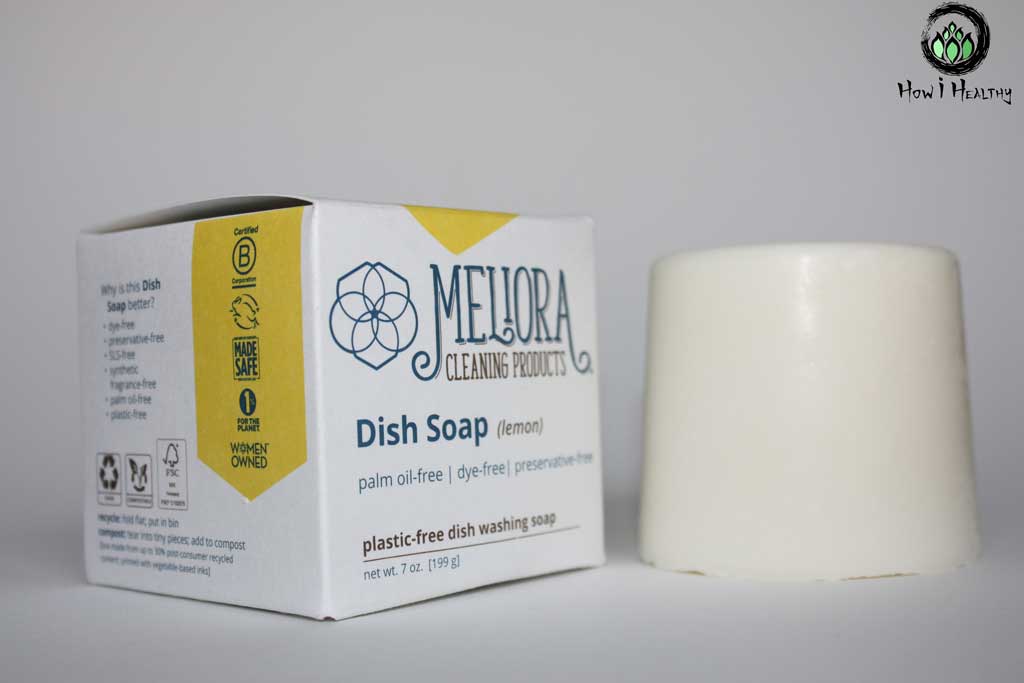

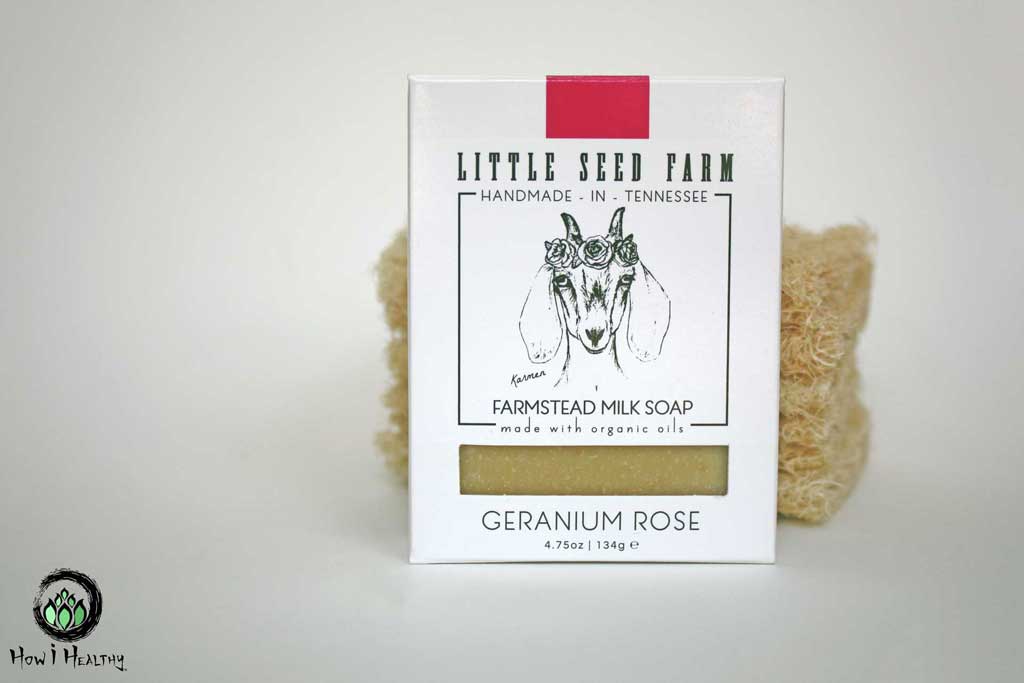

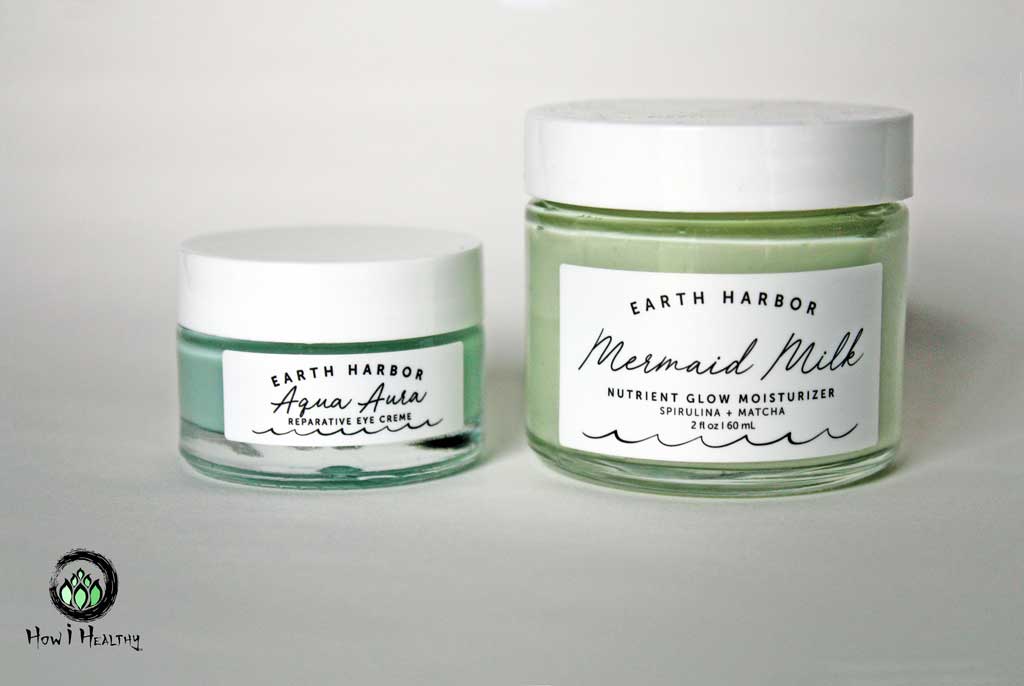




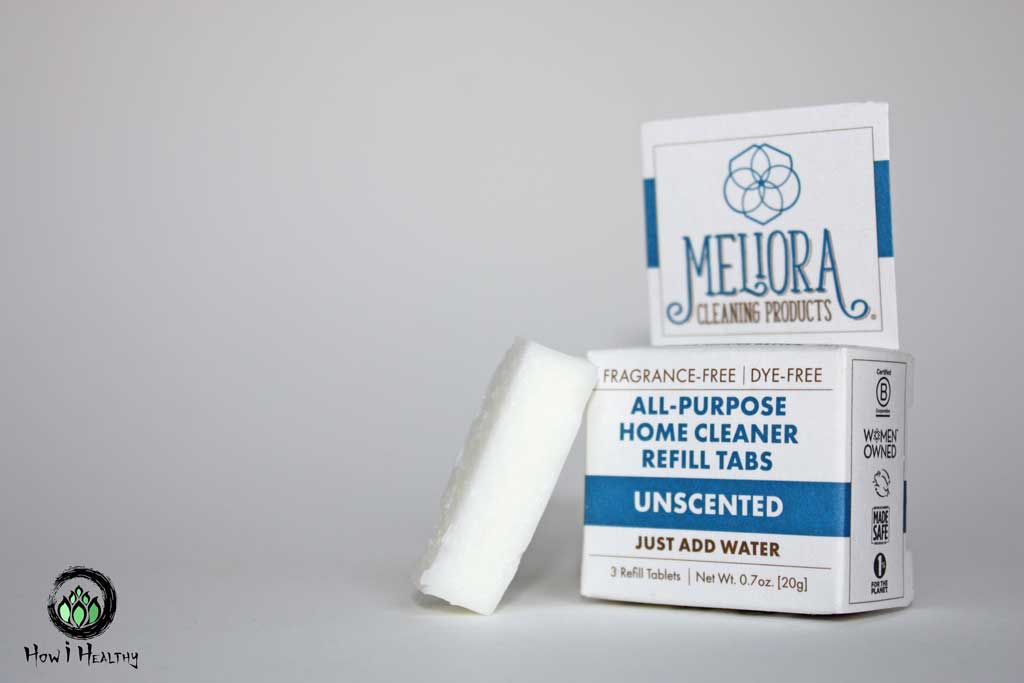

- Earth Harbor again!
- Elate® Cosmetics for sustainable & ethical makeup.
- Meliora® Water-Free Cleaning Products.
- My Body Sunscreen are Face Sunscreen are Leaping Bunny® certified (78) and passed my High Standards (seriously, I’ve had skin cancer, I don’t take sunscreen lightly).
- The Sustainable & Ethical Deodorant Guide offers some cruelty free options too. Including my favorite: Nécessaire Deodorant.
- Unpaste® Toothtabs for water-free teeth cleaning!
- Vermont Soap. The best bulk soap you can buy. And for a great price!
Fair Trade Certified
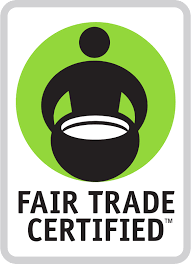

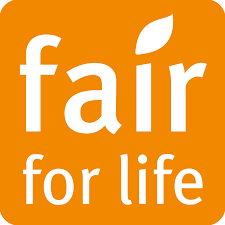

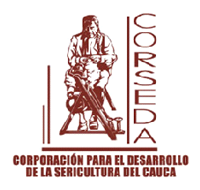

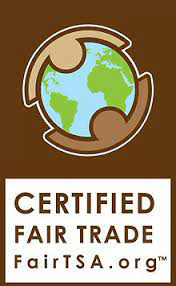

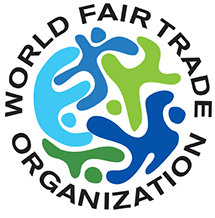

Not just for coffee and chocolate. Fair trade products can include non-food goods too.
Fair trade certified products adhere to standards for safe working conditions, ethical production processes, and fair wages. Like: sanitary restrooms, hand washing stations, access to drinking water, no mandatory overtime, breaks, and no child labor or forced labor. (35, 36, 37)
Product/Companies I Love With This Mark:
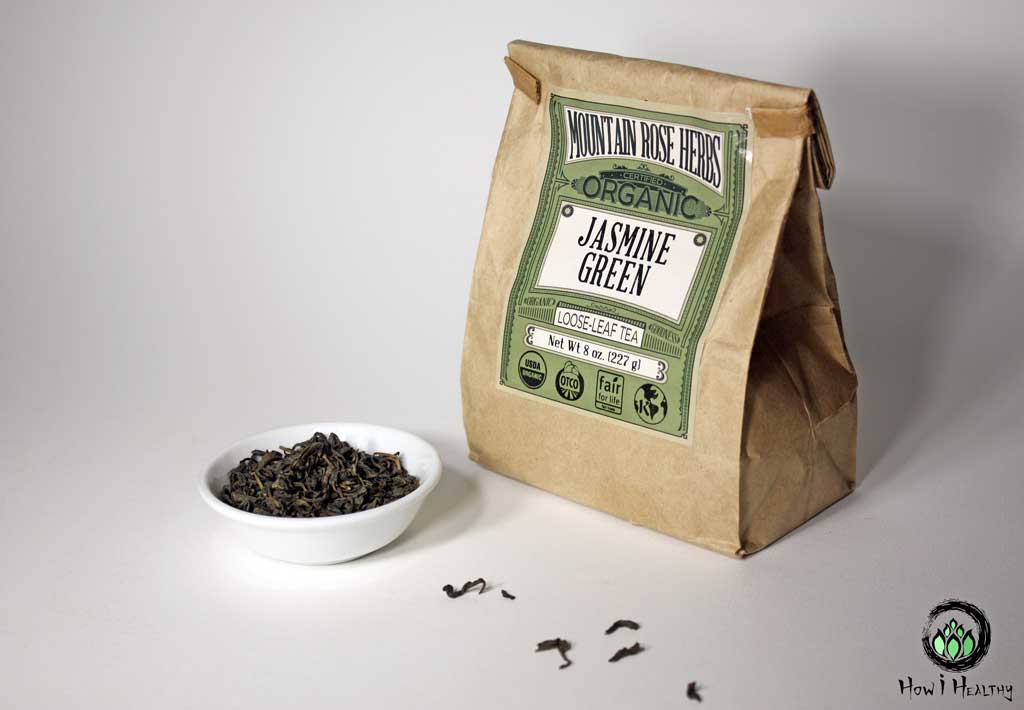

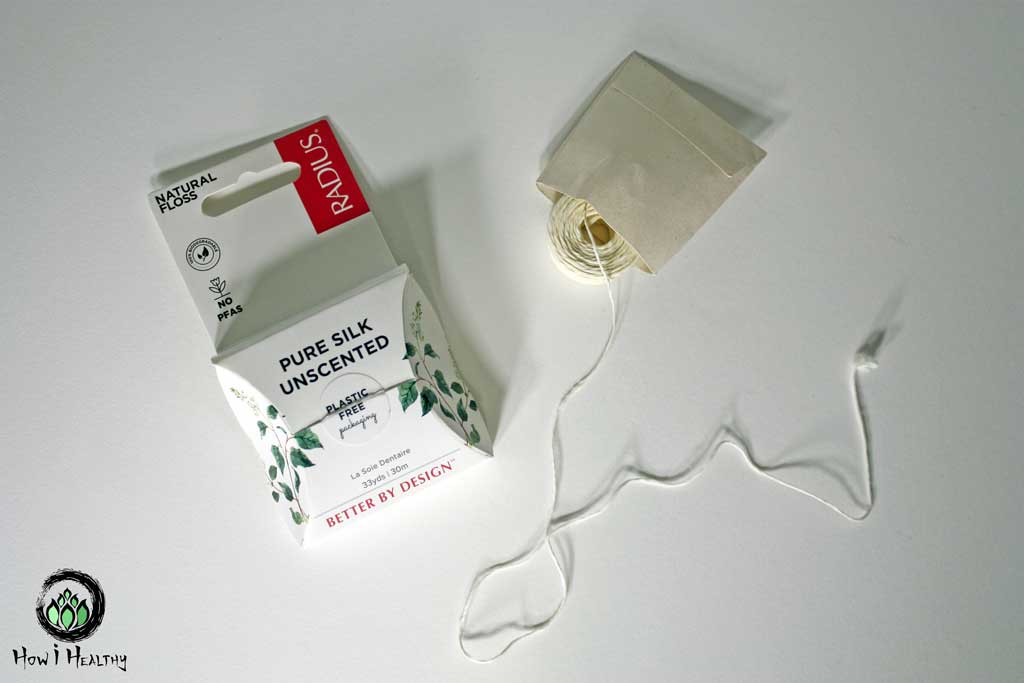

- Radius® Silk Floss.
- The most delicious Jasmine Green tea.
Green America®
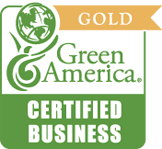

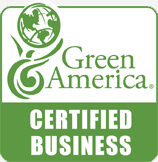

Green America® certifies businesses committed to social justice, environmental sustainability, alternative energy, and fair labor practices. (64)
It’s one of How i Healthy’s Goals to be a Green America® certified business!
Product/Companies I Love With This Mark:
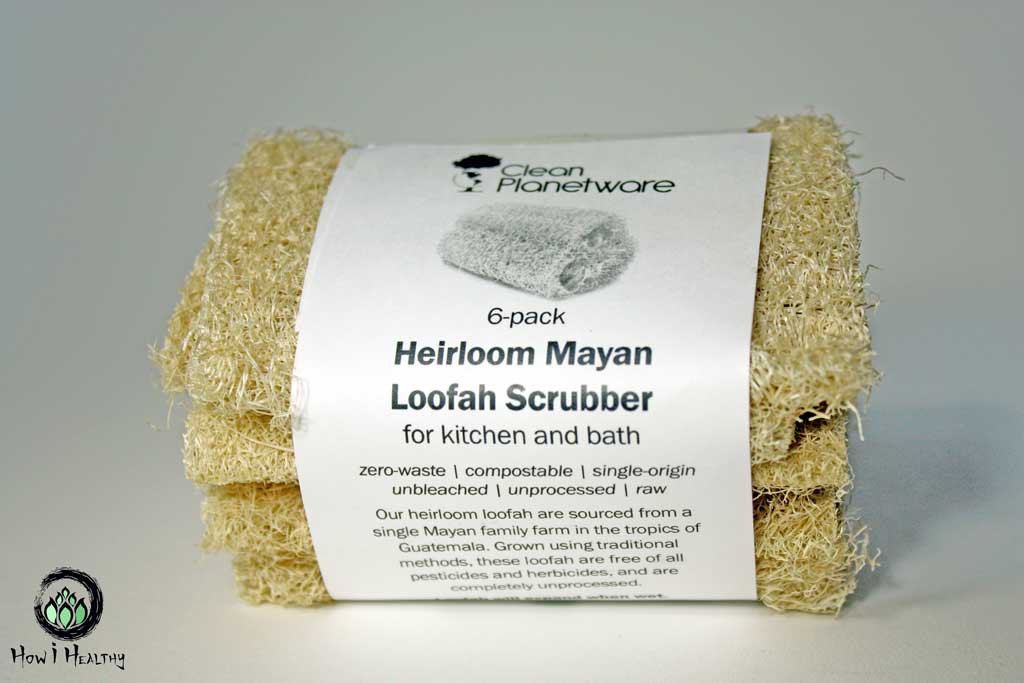

- Mountain Rose Herbs® has a long list of marks, and one of them is Green America® Business Gold Certified.
- These Plant-Based & Home-Compostable Sponges!
Leadership in Energy and Environmental Design (LEED)®
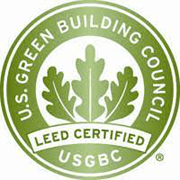

This mark certifies buildings.
From apartments and academic buildings to skyscrapers and manufacturing plants, LEED® certified buildings qualify for basic, Silver, Gold, or Platinum designations. Buildings are evaluated on six environmental impact categories including air quality, water efficiency, and materials used. (38)
The Green Dot: Der Grune Punkt
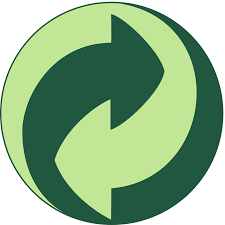

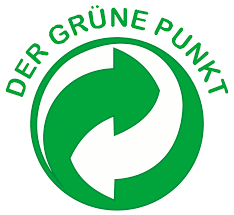

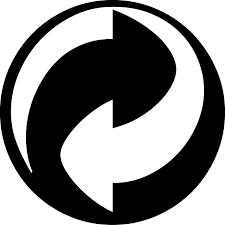

Wait a minute! How is that logo a “Business Practices” Mark?
Isn’t that a recycling symbol?!
Nope! Surprise!
This is The Green Dot, created by PRO Europe. It does not mean a product is made from recycled material or is recyclable.
Instead, it means that the manufacturer of the product financially contributes to “packaging recovery organizations”. (106)
That means the manufacture paid monies to support the recovery, sorting, and recycling of product packaging across the EU. This practice is very similar to Extended Producer Responsibility (EPR), or the financial and/or physical responsibility producers should have for the products and waste they create. (107
TRUE®
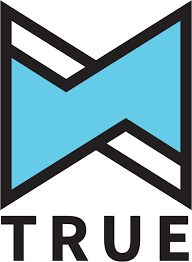

TRUE® stands for Total Resource Use and Efficiency.
TRUE® means a commits to zero waste goals. Companies evaluate their facility operations, product production, packaging, materials, and product lifecycle.
The goal? To cut out waste, reduce impacts, and reuse materials on all levels of operation. (66)
Product/Companies I Love With This Mark:
- Mountain Rose Herbs® yet again!
1% for the Planet®
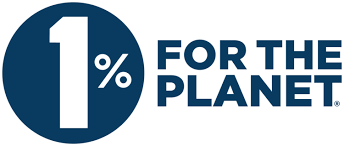

This organization pairs companies with environmental nonprofit partners. Once matched the company then donates 1% of their profits to the nonprofit.
More than $225 million has been donated to environmental nonprofits through 1% for the Planet®. (62)
It’s one of How i Healthy’s Goals to be a 1% for the Planet® member!
Product/Companies I Love With This Mark:



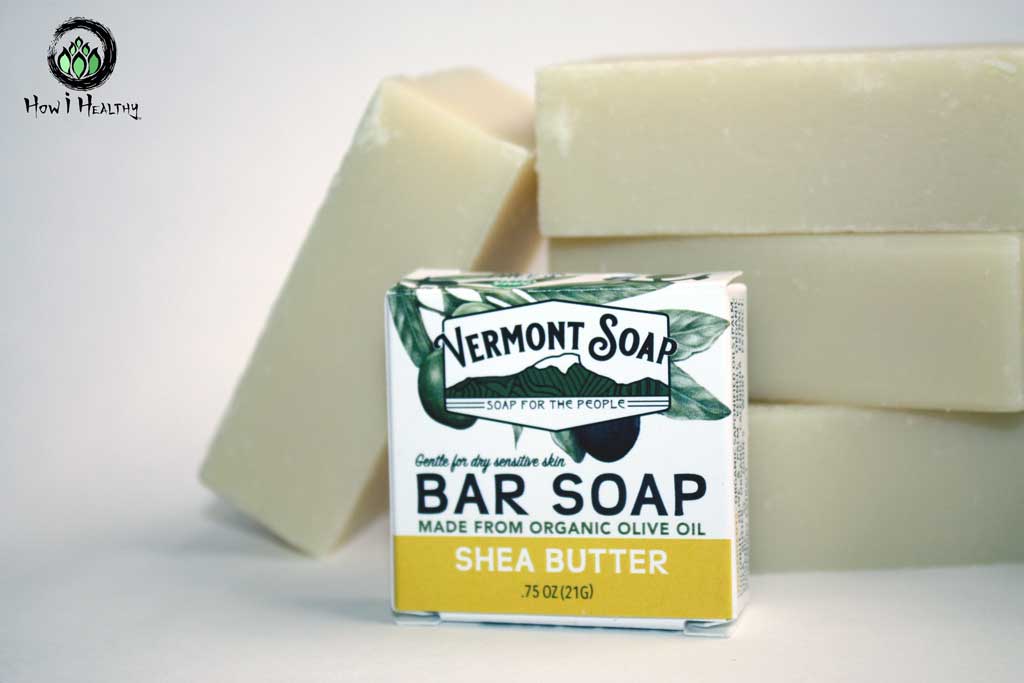




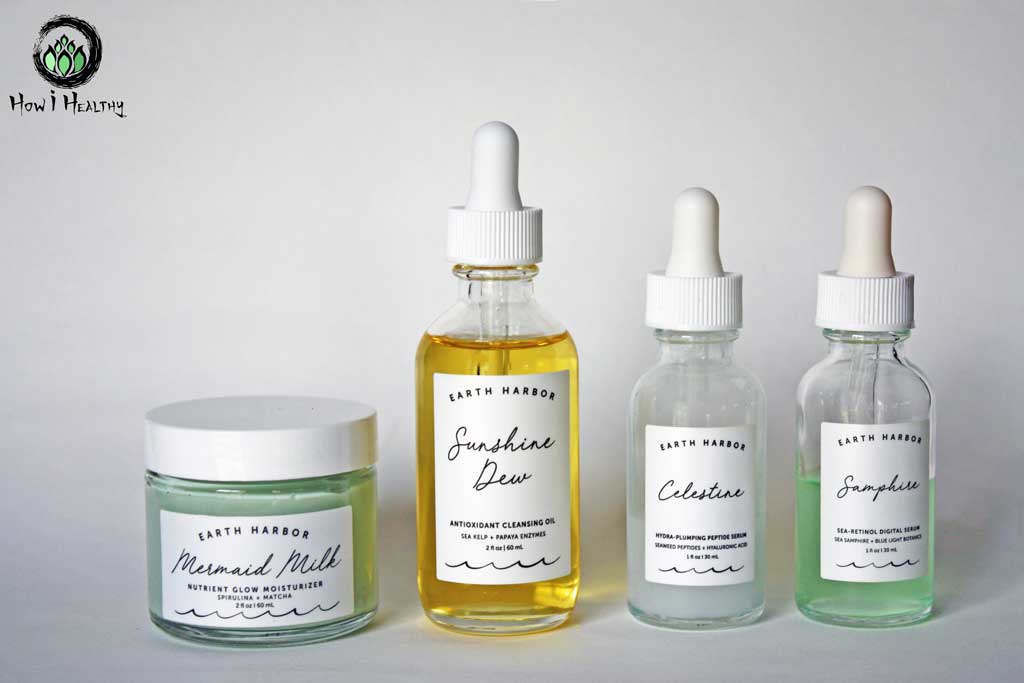





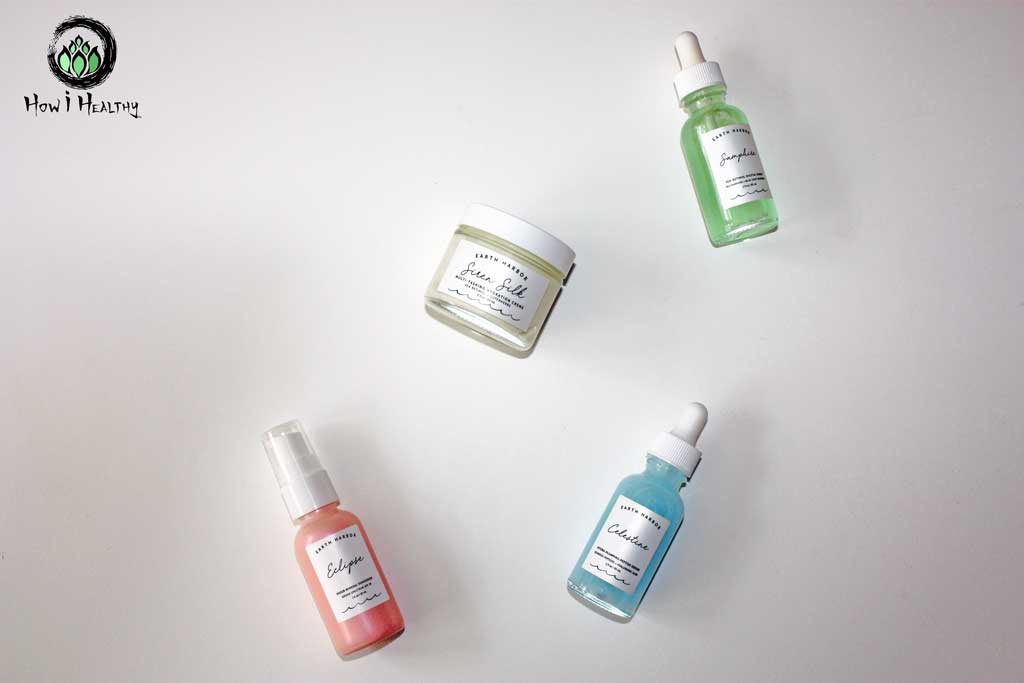

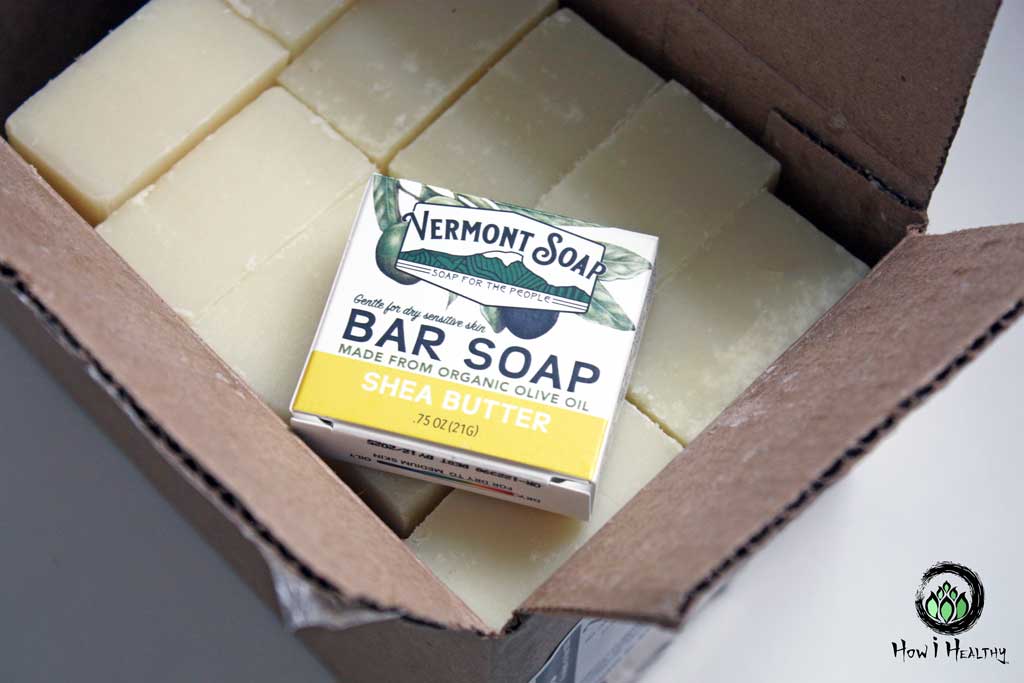

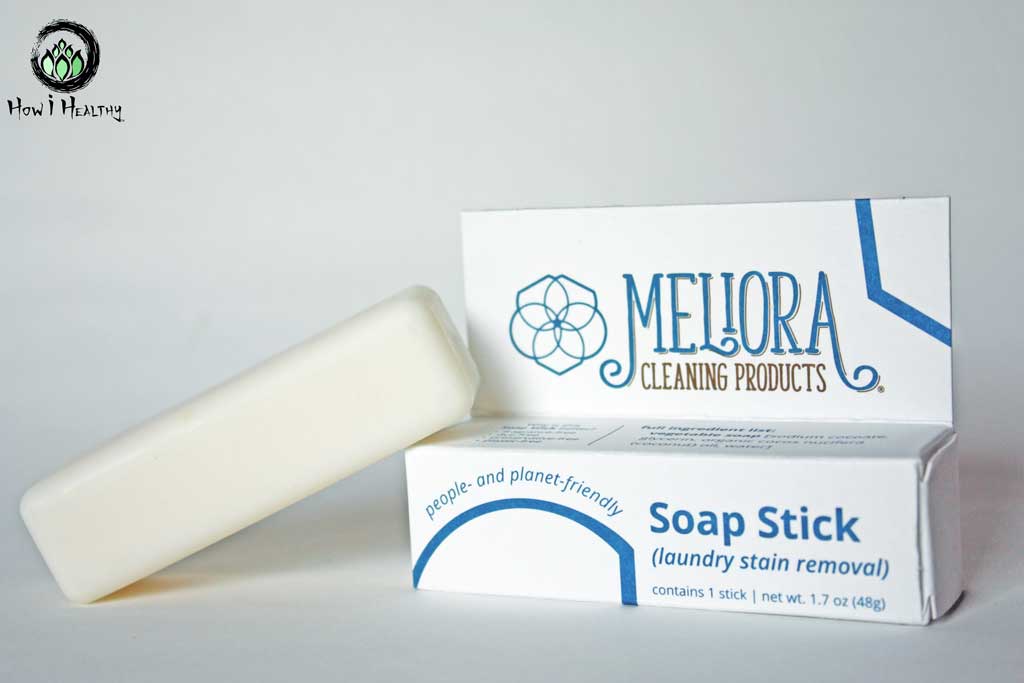

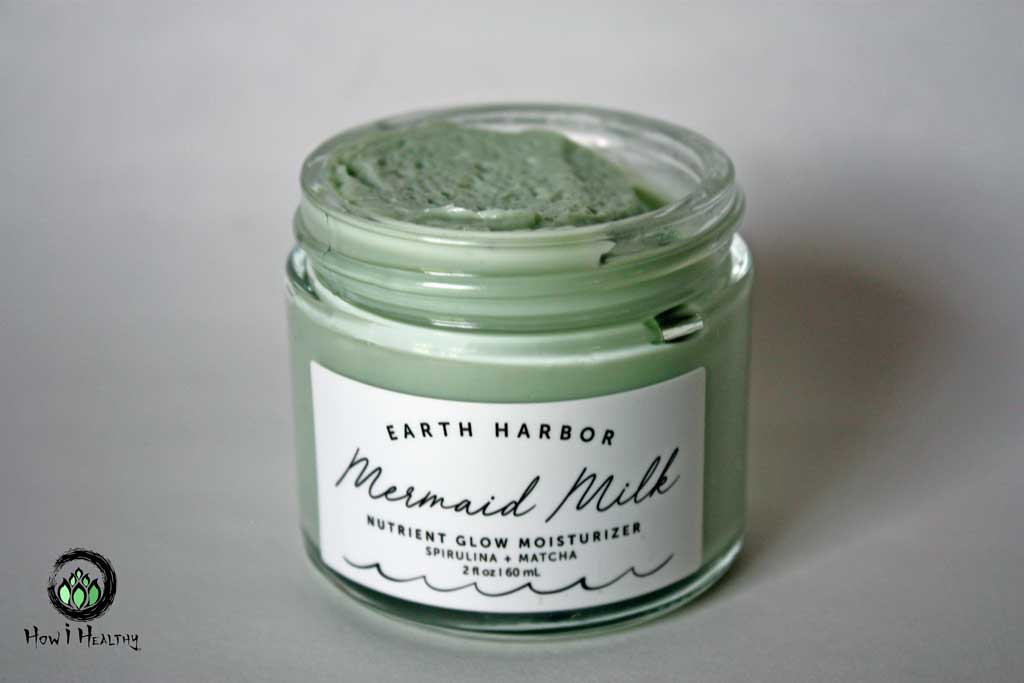

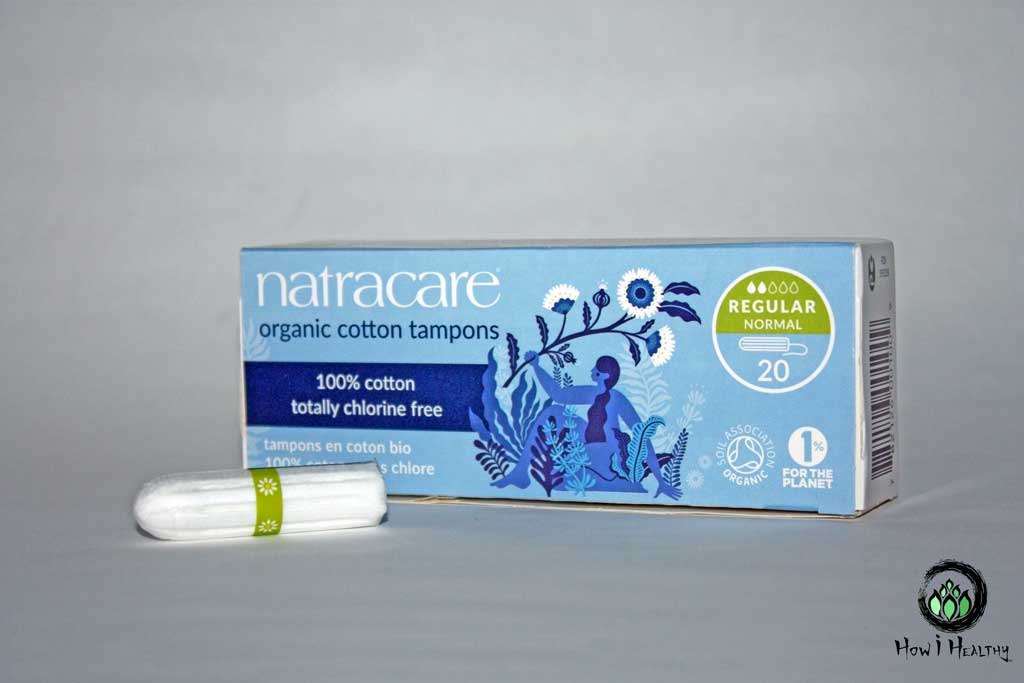







- Avocado® mattress has one of the longest lists of certifications I’ve ever seen. No wonder I love my mattress!
- Earth Harbor for all things skin care. See why in my Earth Harbor Review.
- EarthHero®, the online ethical marketplace I use instead of Amazon®.
- Meliora® All-Purpose Cleaner Tabs.
- Natracare® compostable period products.
- Nécessaire Deodorant, the best natural deodorant I’ve ever used.
- Vermont Soap, the best place to buy bar soap in bulk for an amazing price!
Material Quality or Sourcing Marks
Biobased Products
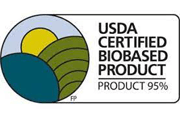

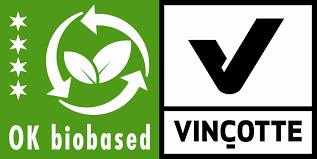

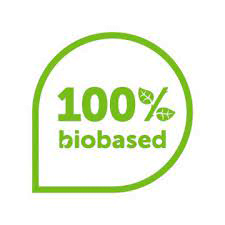

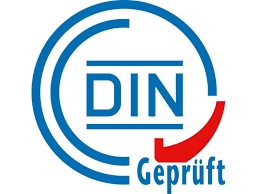

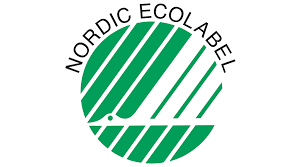

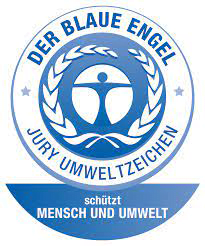

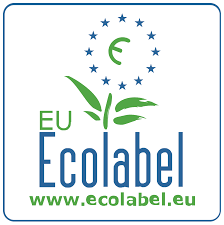

There’s many different marks certifying biobased products. Each meets EU, USA, or other standards.
A biobased product is one made with non-petroleum materials. Percentages of non-petroleum material depend on the mark. Some marks state the percentage, but this is not required.
Biobased is typically for nonfood items like detergents, lubricates, inks, fertilizers, bioplastics.
(102, 103, 104)
CertiPUR-US®
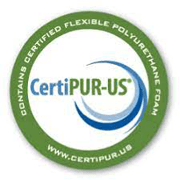

This mark appears on “Low VOC” and “Non-Toxic” furniture like mattresses and sofas.
But this mark doesn’t mean much.
While CertiPUR-US® markets “no pBDEs, TDCPP, and TCEP flame-retardants used” (109), there are hundreds more that could be.
Highlighting the omission of some flame-retardants to permit the use of others is classic misdirection.
Another marketing genius: “Made without phthalates as regulated by the Consumer Product Safety Commission”. (109)
What does that even mean? Well, The Consumer Product Safety Improvement Act “eliminated the use of 8 specific phthalates”. This means that only eight phthalates are not permitted in CertiPUR-US certified foams. But there are dozens of other phthalates that can be. (42, 43, 108, 109)
And here’s one more: “Low VOC (Volatile Organic Compound), less than 0.5 parts per million”. While this has real tangible value, “low emission” is not the same as “zero emission”. (42, 109)
If you can’t tell, I don’t like this mark. My Natural Mattress Guide goes deeper as to why.
CRI Green Label® and Green Label +PLUS®
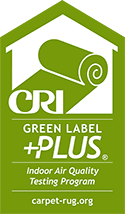

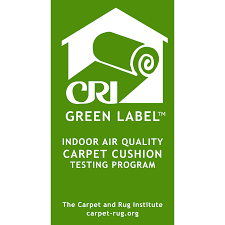

The Carpet and Rug Institute’s mark of approval appears on low VOC carpets, cushions, and adhesives. The standard certification and +PLUS® have different emission requirements. (44)
+PLUS® meets the California indoor quality standards of section 01350 Compounds for “low emissions”. (44)
But “low emissions” does not mean zero.
eco-INSTITUT Standard
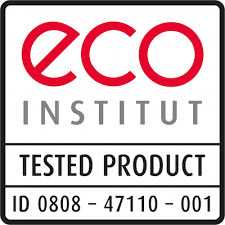

Based in Cologne, Germany, this lab tests products for 90 substances including.
These include VOCs, pollutants, heavy metals, pesticides, phthalates, formaldehyde, acetaldehyde, triclosan, flame-retardants and more! (110)
Eco Wool®


This mark means wool, from pasture to product, meets high standards.
Standards like: sustainable grazing methods, maintaining predator eco-systems, and prohibiting herbicide/pesticide. (112)
Eco-Wool® also opposes mulesing and “dipping” a process where sheep are bathed in a pesticide solution. (112)
Once sheared, wool cannot be bleached, carbonized (strong acids that strip wool and ruin its texture), and crimping (a perm-like solution that recreates the coils of wool that carbonization destroyed). (112)
This is a great mark to look for if wool is your thing.
Energy Star®
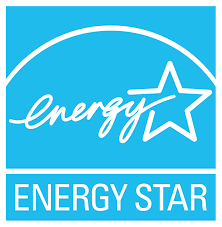

Energy Star® certifies homes, commercial properties, and products that meet their standards of energy efficiency. (45)
Forest Stewardship Council (FSC)®
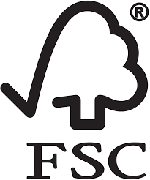

Forest Stewardship Council® commits to protecting biodiversity, habitat, water quality, and reforestation.
The FSC® prohibits GMOs and “persistent use” of certain pesticides and herbicides. But not all. FSC® audits are available publicly. (46)
Product/Companies I Love With This Mark:
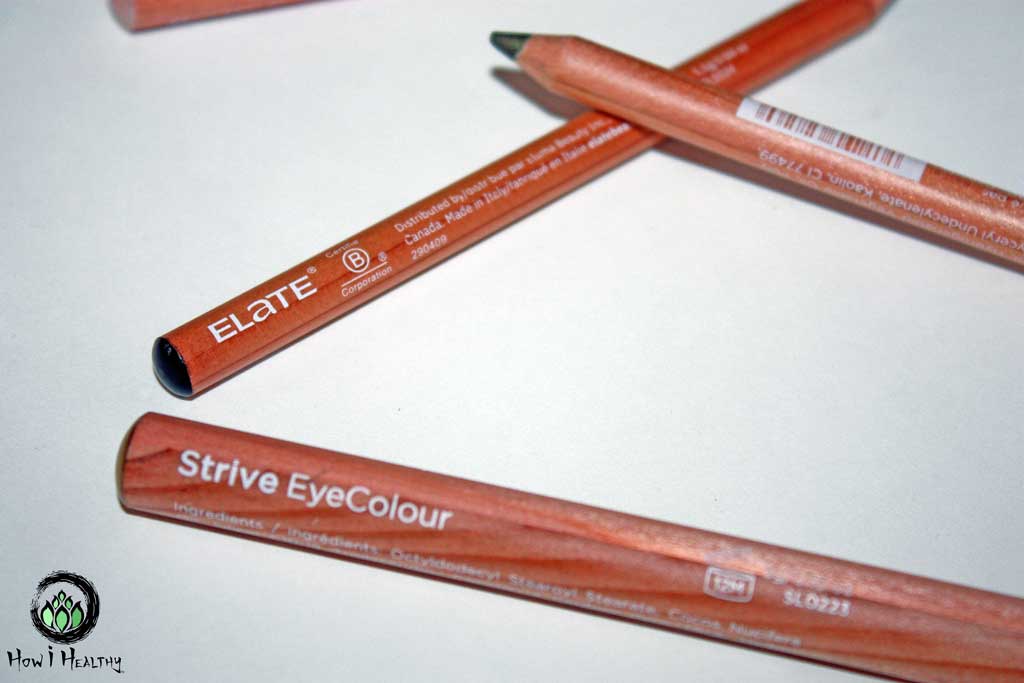

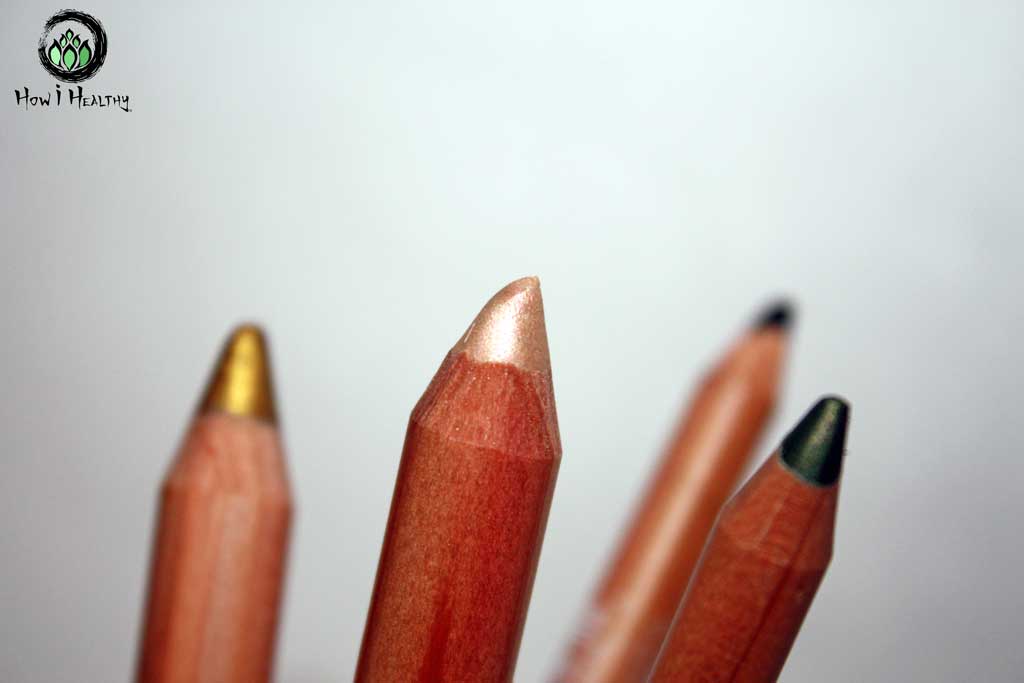

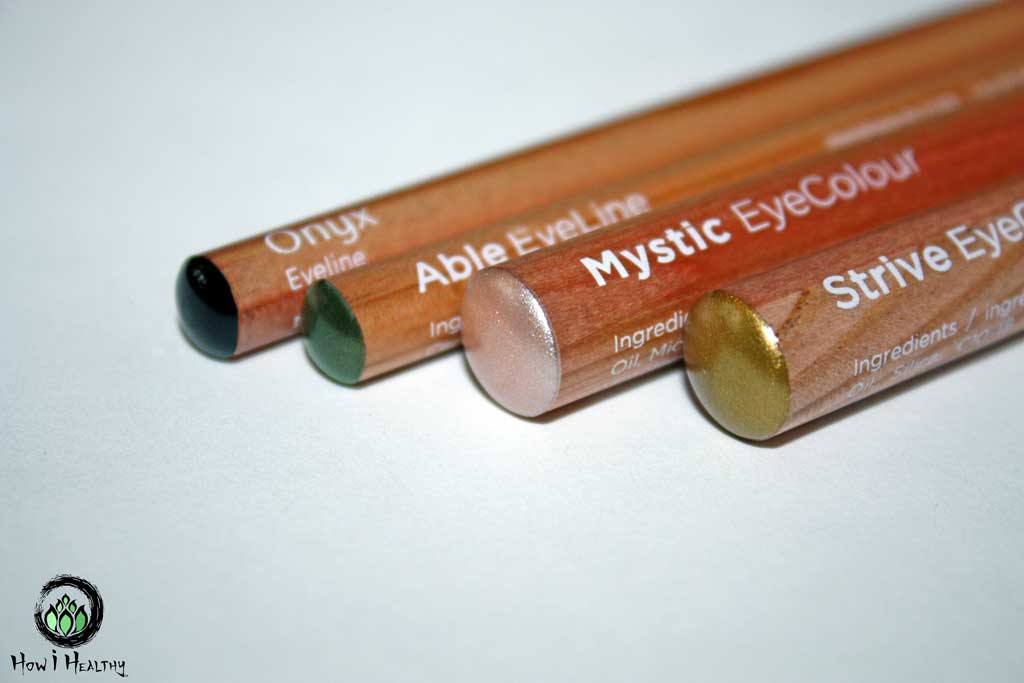

- Elate® Cosmetics uses FSC® certified wood in the products, including eye pencils.
Global Organic Textile Standard (GOTS)®
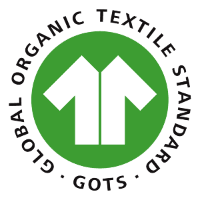

This mark can appear on clothing, bedding, or mattresses.
To qualify, textiles must be at least 70% organic, contain no flame retardants, endocrine disruptors, GMOs, heavy metals, formaldehyde, or chlorination. (48)
GOTS® requires environmental and social standards too. Forced and child labor are banned. Workers have union rights, voluntary overtime, fair pay, safe working conditions, clean toilet facilities, and portable water. (48)
Product/Companies I Love With This Mark:
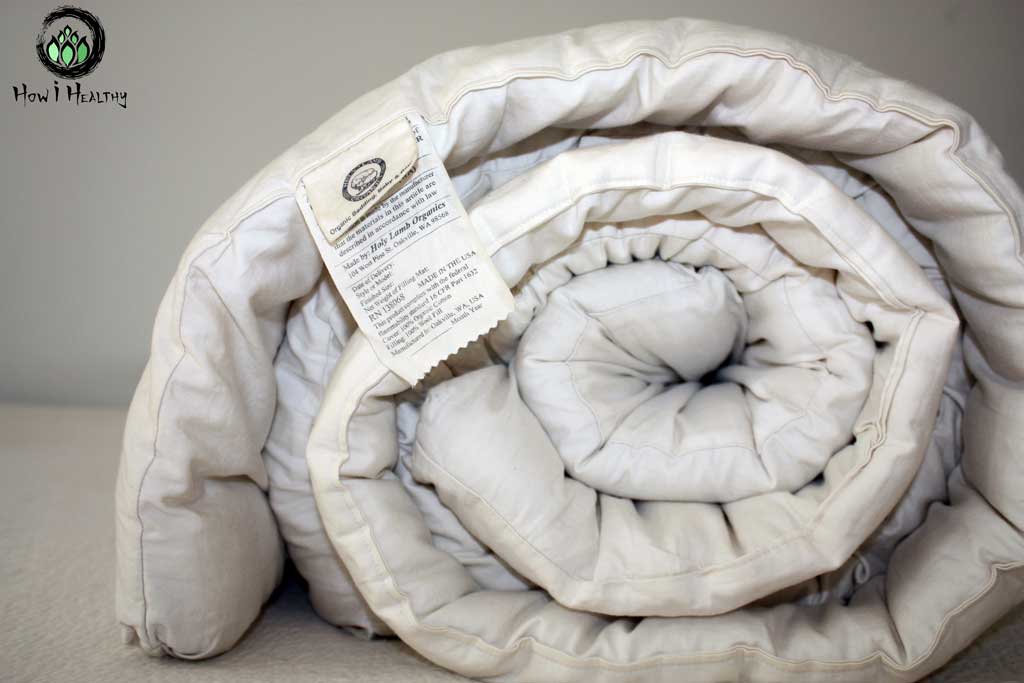

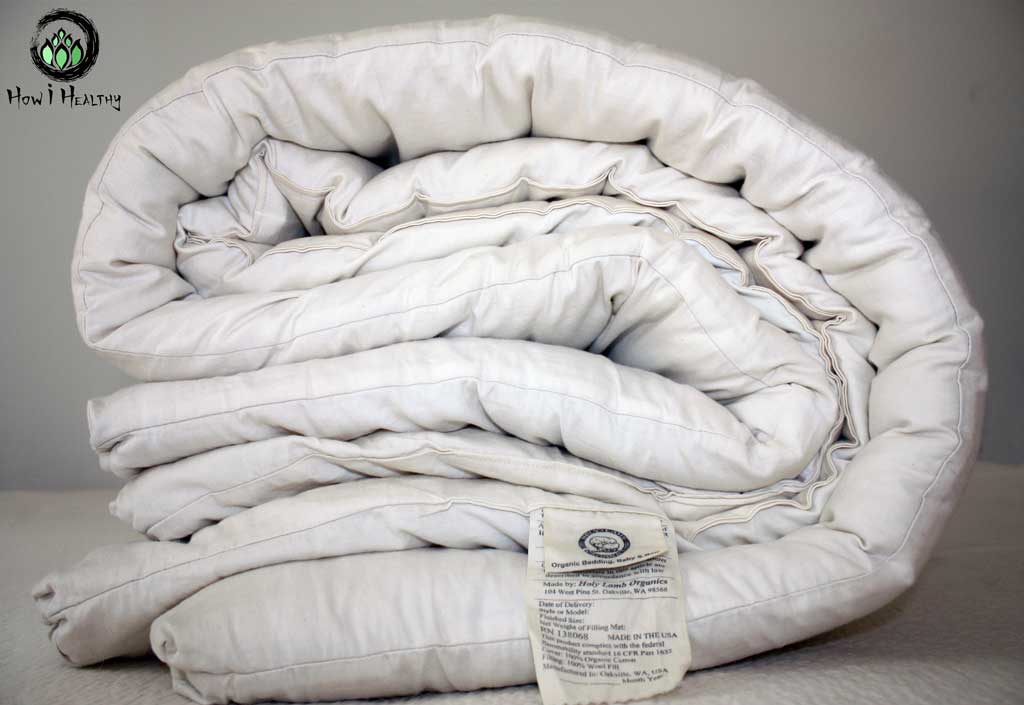

- My Holy Lamb Organics® Wool Comforter has several certifications, including GOTS®
- My Mattress is GOTS® (and Greenguard Gold®, Green America®, 1% for the Planet®, Climate Neutral®…the list goes on and on)
GOLS-Global Organic Latex Standard
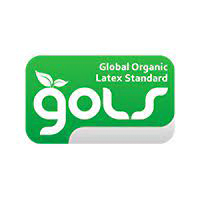

Not only does this mark ensure that you’re actually buying latex and not some polyurethane foam phony, but it also means that latex was harvested & produced sustainably. And by workers treated fairly. (111)
Product/Companies I Love With This Mark:
- My Mattress yet again…
Greenguard Gold®
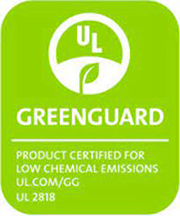

This mark, by UL Environment®, applies to products like furniture, insulation, mattresses, and paint.
This seal means the product has passed VOC emissions testing. Test results determine Greenguard® or Greenguard Gold®. (49)
VOCs, or Volatile Organic Compounds, are “gasses emitted from certain solids or liquids.” VOCs are linked to health problems and complications. (49, 50, 61).
Product/Companies I Love With This Mark:
- My Avocado® Mattress, I’ve listed it several times on this list. And there’s a reason for that. It’s awesome.
Green Seal®
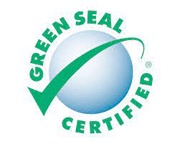

Green Seal Certified® addresses a product’s entire life cycle; from production to disposal/end-of -life. Products should not have parabens, phthalates, or formaldehyde, and be biodegradable.
Green Seal Certified® has an extensive list (450 categories!) of certifiable products and individual standards for each. (51)
Made Safe®
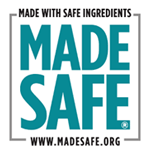

Products with this mark passed testing to ensure that nearly 100 contaminates are not present. Contaminates like heavy metals, neurotoxins, VOCs, reproductive toxins, carcinogens, flame retardants, endocrine disruptors, behavioral toxins, toxic solvents, or high-risk pesticides. (50)
Product/Companies I Love With This Mark:
- My Avocado® Mattress, yet again.
Oeko-Tex®


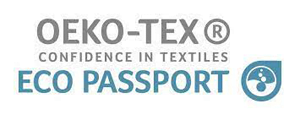





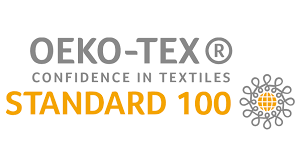



Oeko-Tex® has several marks. Oeko-Tex® comprises of 18 independent research and test institutes from around the world.
Primarily these certifications focus on product testing, ensuring they do not contain any of the 100 chemicals prohibited in their standards. (53, 54)
“Made in Green®,” “STeP®,” “Detox to Zero®” and “Eco Passport®” marks do not test a product’s environmental or social impact. (53, 54)
Responsible Wool Standard (RWS)®
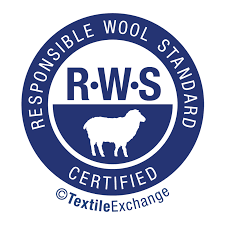

A voluntary standard farms can commit to. These standards ensure the farmland, biodiversity, native species, soil, and sheep are treated responsibly. It details standards for wool production and animal care. The standard requires shelter, shade, and windbreaks on pastures to protect sheep from adverse weather conditions. It prohibits dehorning, disbudding (or the removal of horn buds in young animals), substantial horn trimming, and tail docking unless animal welfare is at risk. (55, 60)
Mulesing, or the practice of removing chunks of wool-bearing skin from a sheep’s rear end to keep the area clear, is prohibited. (55, 60)
Fertilizers and pesticides can be used “minimally.” (55)
Product/Companies I Love With This Mark:
- Dare I say it again?…Avocado® Mattress.
Sustainable Forestry Initiative (SFI)®
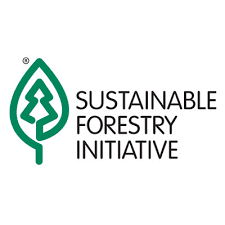

In recent years the SFI® has raised their standards to keep pace with FSC®.
A few years ago, SFI® allowed for the use of pesticides, but now require “minimized and least toxic” chemical use. SFI® prohibits type 1A and 1B pesticides “except where no other viable alternative is available.” (47)
Audits are now available publicly. (47)
Like FSC®, SFI®’s standards ain’t amazing. But things have improved and will hopefully continue to do so.
UL® UL®Listed, UL®Classified, UL®Enhanced
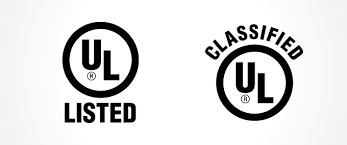

UL has different marks representing different tiers.
There are over 1,000 standards depending on the product and country. UL focuses on worker and consumer safety, energy efficiency, environmental impact, product performance, quality assurance, reliability, and durability. UL can certify entire facilities, specific processes or systems, or individual products. (70, 71)
Around since 1894, UL certifies over 14 billion products worldwide. UL certified products undergo testing and meet basic standards and expectations.
Here’s the problem. UL certified counterfeits are pervasive.
3.8 million products worth $23,000,000 bore counterfeit UL labels, according to a 2019 publication by UL’s Global Security & Brand Protection team. Products included light bulbs, LED lamps, Himalayan salt lamps, power suppliers, phone chargers, adapters, batteries, and smartphones. (72)
Check out my How to Avoid Counterfeits Guide and learn how to spot the fakes.
WaterSense®
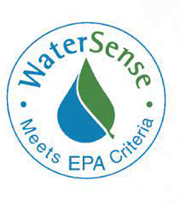

A U.S. Environmental Protection Agency (EPA) program that certifies water efficient products like faucets, toilets, and irrigation systems. (56)
A WaterSense® toilet can cut water use 20-60%, nearly 13,000 gallons a year for an average family. (57)
Speaking of toilets, see Why Bidets Kickass, and How to Poop Better.
The Takeaway Message
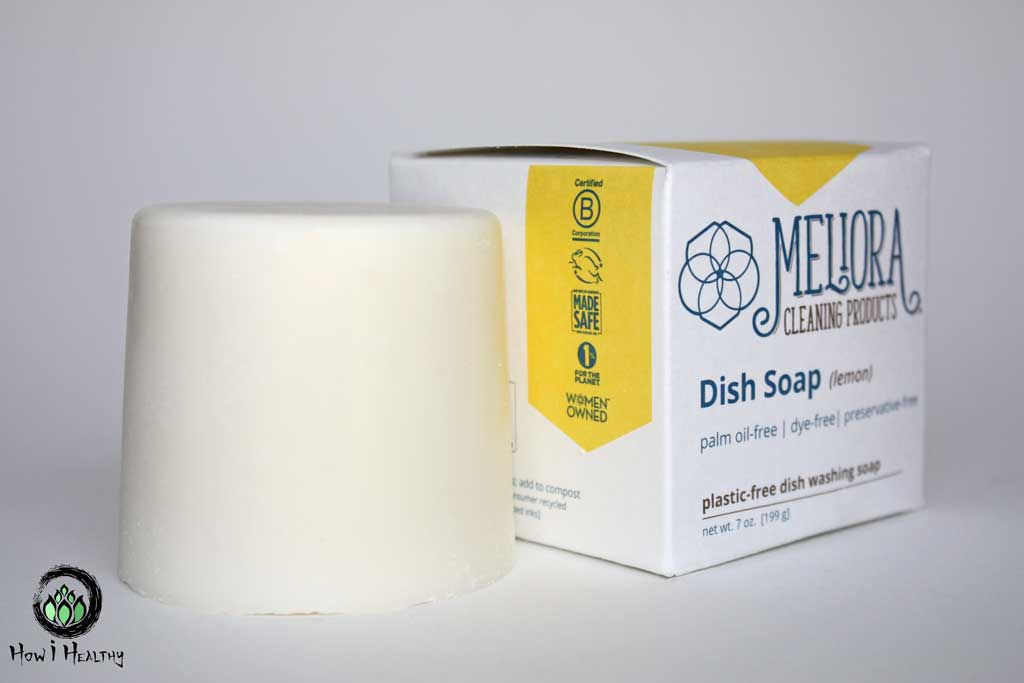

That was a lot! Are you still here?
There are so many sustainable & ethical certification marks. We’ve only scratched the surface.
The ways to avoid greenwashing scams bubbles down to:
- Knowing what certifications you value & what they look like. And using your purchasing power to support those values.
- Reading labels with skepticism. There are more brands/products pushing false claims then real ones. Typically, companies want to make money, not save the planet. Assume a product is deceptive.
- Spotting greenwashing marketing and packaging design. Things like green lettering and meaningless “all natural” & “eco-friendly” buzzwords.
- Shop through an ethical online/local shop. They do the vetting for you!
Here’s some time-saving ethical shops & resources for you:
- EarthHero® for almost ALL THE THINGS. Seriously, I don’t shop at Amazon® (for Many Reasons).
- Mt. Rose Herbs® for pantry items; tea, herbs, spices, essential oils, DIY stuff.
- My Favorite Brands & Products for quick list of all my vetted favorites.
- The Blog for in-depth product reviews served with a side of science & history facts.
Ethical stores and How i Healthy Guides take the guesswork and investigation out of sustainable & ethical shopping by doing the work for you.
That’s How i Healthy!
-Artemis
- “Animal Welfare Standards.“ Animal Welfare Institute, 2018, https://awionline.org/sites/default/files/uploads/documents/FA-AWI-standardscomparisontable-070816.pdf
- “Science-Based Standards.“ American Humane Certified, 2019, https://www.americanhumane.org/humane-heartland/our-standards/
- “AWA Standards.“ A Greener World, 2020, https://agreenerworld.org/certifications/animal-welfare-approved/standards/
- “Humane Farm Animal Care Animal Care Standards .“ EGG LAYING HENS , 2018, http://certifiedhumane.org/wp-content/uploads/Std18.Layers.pdf
- “CertifiedGAP.“ Global Animal Partnership, 2020, globalanimalpartnership.org/certified-gap/
- “U.S. DEPARTMENT OF AGRICULTURE Certification Programs.“ USDA National Agricultural Library, 2020, https://www.nal.usda.gov/animal-health-and-welfare/animal-welfare-audit-and-certification-programs
- “Meat and Poultry Labeling Terms.” United States Department of Agriculture Food Safety and Inspection Service, 2020, https://www.fsis.usda.gov/food-safety/safe-food-handling-and-preparation/food-safety-basics/meat-and-poultry-labeling-terms
- Kelto, Anders. “Farm Fresh? Natural? Eggs Not Always What They’re Cracked Up To Be.” NPR, NPR, 23 Dec. 2014, https://www.npr.org/sections/thesalt/2014/12/23/370377902/farm-fresh-natural-eggs-not-always-what-they-re-cracked-up-to-be
- “Kraft Is Sued for Falsely Calling Capri Sun Drink ‘All Natural.’” Kraft Is Sued for Falsely Calling Capri Sun Drink “All Natural” | Center for Science in the Public Interest, 2007, https://www.cspinet.org/sites/default/files/media/documents/resource/complaint.pdf
- “CSPI to Sue Cadbury Schweppes over ‘All Natural’ 7UP.” CSPI to Sue Cadbury Schweppes over “All Natural” 7UP | Center for Science in the Public Interest, 2006, https://www.cspinet.org/sites/default/files/media/documents/resource/cadbury_notice.pdf
- “Most ‘All Natural’ Ben & Jerry’s Flavors Have Unnatural Ingredients.” Most “All Natural” Ben & Jerry’s Flavors Have Unnatural Ingredients | Center for Science in the Public Interest, 2010, https://www.cspinet.org/news/ben-jerry%E2%80%99s-fudging-truth-says-cspi-20020730
- “‘Natural’ Nature Valley Products Have Unnatural Ingredients, Says Lawsuit.” “Natural” Nature Valley Products Have Unnatural Ingredients, Says Lawsuit | Center for Science in the Public Interest, 2012, https://www.cspinet.org/news/natural-nature-valley-products-have-unnatural-ingredients-says-lawsuit-20120726
- “DEMETER&ASSOCIATION,&INC. .” BIODYNAMIC®&FARM&STANDARD, 2020, demeter-usa.org/downloads/Demeter-Farm-Standard.pdf
- “Bird Friendly Certification Agencies.” Smithsonian’s National Zoo, 11 June 2019, https://nationalzoo.si.edu/migratory-birds/certification-agencies
- Christina Davis. “Tuna Class Actions Lodged Over Fishy ‘Dolphin Safe’ Labeling.” Top Class Actions, 5 Feb. 2020, https://topclassactions.com/lawsuit-settlements/consumer-products/food/tuna-class-actions-lodged-fishy-dolphin-safe-labeling/
- Christina Davis. “StarKist Seeks Dismissal of ‘Dolphin Safe’ Class Action.” Top Class Actions, 22 Feb. 2020, https://topclassactions.com/lawsuit-settlements/consumer-products/food/starkist-seeks-dismissal-dolphin-safe-class-action/
- Duke, S.O., & Powles, S.B. (2009). “Glyphosate-resistant crops and weeds: Now and in the future.” AgBioForum, 12(3&4), 346-357. https://agbioforum.org/wp-content/uploads/2021/02/AgBioForum-12-3-4-346.pdf
- Samsel, Anthony, and Stephanie Seneff. “Glyphosate, Pathways to Modern Diseases III: Manganese, Neurological Diseases, and Associated Pathologies.” Surgical Neurology International, Medknow Publications & Media Pvt Ltd, 24 Mar. 2015, https://www.ncbi.nlm.nih.gov/pmc/articles/PMC4392553/
- Gonzales, Richard. “California Jury Awards $2 Billion To Couple In Roundup Weed Killer Cancer Trial.” NPR, NPR, 14 May 2019, npr.org/2019/05/13/723056453/california-jury-awards-2-billion-to-couple-in-roundup-weed-killer-cancer-trial
- “NON-GMO PROJECT STANDARD.” JULY 26, 2019 – v15, nongmoproject.org/wp-content/uploads/Non-GMO-Project-Standard-Version-15.pdf
- “Certified Non-GMO by AGW Standards.” A Greener World, 2020, https://agreenerworld.org/certifications/certified-nongmo-agw/standards/
- “Rainforest Alliance Sustainable Agriculture Standard .” APPLICABLE FOR SMALLHOLDER FARMS Draft Standard V2.0, 2020, rainforest-alliance.org/business/wp-content/uploads/2019/06/draft-smallholder-agriculture-standard-v2.pdf
- “Certification.” Vegan Action, 2020, https://vegan.org/certification/
- “Vegan Trademark Standards.” The Vegan Society, 2020, vegansociety.com/your-business/vegan-trademark-standards
- “Animal Free.” It, 2020, animalfree.info/en/what-is-animal-free.html
- “Organic Certification.” Wikipedia, Wikimedia Foundation, 26 Jan. 2020, https://en.wikipedia.org/wiki/Organic_certification
- “Farms: Salmon-Safe.” Salmon-Safe Farm Certification, 2020, salmonsafe.org/certification/farms/.
- “Fisheries Program Documents.” Marine Stewardship Council, 2020, msc.org/for-business/certification-bodies/fisheries-standard-program-documents
- “RSPCA Welfare Standards for Farmed Atlantic Salmon.” Salmon Standards, 2018, https://view.pagetiger.com/Salmonstandards2018/Salmonstandards2018
- Certified B Corporation, 2020, https://www.bcorporation.net/en-us/
- “500+ B Corps Commit to Net Zero by 2030.” 500+ B Corps Commit to Net Zero by 2030 | Certified B Corporation, 2019, https://www.bcorporation.net/en-us/news/press/500-b-corps-commit-net-zero-2030/
- “ACCREDITATION: Choose Cruelty Free Ltd.: Australia.” Choose Cruelty Free, 2020, choosecrueltyfree.org.au/cruelty-free-accreditation
- “Leaping Bunny Programme.” Cruelty Free International, 2020, crueltyfreeinternational.org/what-we-do/corporate-partnerships/leaping-bunny-programme
- “How Is a Company Certified as Cruelty-Free?” PETA, 2020, peta.org/about-peta/how-is-a-company-certified-as-cruelty-free/
- “WFTO Standard 4.1.” Fair Trade Standard, 2017, https://wfto.com/our-fair-trade-system/
- “Agricultural Production Standard 1.1.0.” Fair Trade Certified , 2019, fairtradecertified.org/sites/default/files/filemanager/documents/APS/FTUSA_STD_APS_EN_1.1.0.pdf
- “Factory Standard for Apparel and Home Goods 1.4.0.” Fair Trade Certified, 2018, fairtradecertified.org/sites/default/files/filemanager/documents/AHG%20Factory/FTUSA_STD_FactoryAHG_EN_1.4.0.pdf
- “LEED Rating System.” LEED Rating System | U.S. Green Building Council, 2020, https://www.usgbc.org/leed
- “The Montreal Protocol on Substances That Deplete the Ozone Layer – United States Department of State.” S. Department of State, U.S. Department of State, 2019, https://www.state.gov/key-topics-office-of-environmental-quality-and-transboundary-issues/the-montreal-protocol-on-substances-that-deplete-the-ozone-layer/
- “Polybrominated Diphenyl Ethers (PBDEs).” EPA, Environmental Protection Agency, 22 June 2017, epa.gov/assessing-and-managing-chemicals-under-tsca/polybrominated-diphenyl-ethers-pbdes
- “Flame Retardants.” National Institute of Environmental Health Sciences, U.S. Department of Health and Human Services, 2020, niehs.nih.gov/health/topics/agents/flame_retardants/index.cfm
- “CentriPUR-US Newsletter.” Hangtag Flyer, 2016, certipur.us/wp-content/uploads/2016/04/hangtag-flyer.pdf.
- “Phthalate.” Wikipedia, Wikimedia Foundation, 3 Feb. 2020, en.wikipedia.org/wiki/Phthalate#Other_effects.
- “Testing Protocol and Requirements.” CRI, 2020, carpet-rug.org/testing/green-label-plus/testing-protocol-and-requirements/.
- “Product Specifications & Partner Commitments Search.” Product Specification Search, 2020, energystar.gov/products/spec
- Forest Stewardship Council. “Forest Management Certification.” FSC United States, 2019, https://us.fsc.org//en-us/certification/forest-management-certification
- “SFI 2015-2019 extended through december 2021 forest management standard.” sfi 2015-2019 forest management standard, 2019, sfiprogram.org/wp-content/uploads/2015_2019StandardsandRules_Section2_June2019.pdf
- “GOTS Standard.” Version 5.0, 2017, global-standard.org/images/GOTS_Documents/GOTS_Standard_5.0_EN.pdf
- “UL GREENGUARD Certification Program.” UL, 2020, ul.com/resources/ul-greenguard-certification-program
- “Hazard List of Chemicals, Materials & Ingredients.” MADE SAFE, 2020, madesafe.org/science/hazard-list/
- “ Standards List.” Green Seal, 2020, greenseal.org/green-seal-standards/standards-list
- “Services By Type Product Certification.” NSF RSS, 2020, nsf.org/services/by-type/product-certification
- “OEKO-TEX® Standards at a Glance.” OEKO-TEX® , 2020, oeko-tex.com/en/apply-here
- “Locations of OEKO-TEX.” International Association for Research and Testing in the Field of Textile and Leather Ecology (OEKO-TEX®), 2020, oeko-tex.com/en/about-us/oeko-tex-worldwide
- “Responsible Wool Standard.” Textile Exchange, 2016, https://textileexchange.org/responsible-wool-standard/
- “Technical Specifications.” EPA, Environmental Protection Agency, 9 Mar. 2018, epa.gov/watersense/technical-specifications
- “Residential Toilets.” EPA, Environmental Protection Agency, 15 Apr. 2019, epa.gov/watersense/residential-toilets
- “Dolphin-Safe.” NOAA, 2 Mar. 2020, www.fisheries.noaa.gov/national/marine-mammal-protection/dolphin-safe.
- Smith, Zak, et al. “ Marine Mammal Protection Project: NRDC Report.” The Natural Resources Defense Council (NRDC), 2014, nrdc.org/sites/default/files/mammals-foreign-fisheries-report.pdf
- “Mulesing by the Wool Industry.” PETA, 22 June 2010, peta.org/issues/animals-used-for-clothing/wool-industry/mulesing/
- “Volatile Organic Compounds’ Impact on Indoor Air Quality.” EPA, Environmental Protection Agency, 6 Nov. 2017, epa.gov/indoor-air-quality-iaq/volatile-organic-compounds-impact-indoor-air-quality
- “About.” 1% For the Planet, 2020, onepercentfortheplanet.org/about
- “Greenwashing.” Merriam-Webster, Merriam-Webster, 2020, merriam-webster.com/dictionary/greenwashing
- “Welcome to Green America.” Green America, 2020, greenamerica.org/
- “Our Victories.” Green America, 2020, greenamerica.org/our-victories
- TRUE Zero Waste Rating System. 2020, https://true.gbci.org/true-certification-zero-waste
- “Carbonfund.org.” Product Certification, https://carbonfund.org/wp-content/uploads/2019/06/CF-Products-FAQs-2018.pdf
- “Certified Climate Neutral: How It Works.” Climate Neutral, climateneutral.org/how-it-works
- “Protecting Your Trademark.” ENHANCING YOUR RIGHTS THROUGH FEDERAL REGISTRATION, United States Patent and Trademark Office, 2020, uspto.gov/sites/default/files/documents/BasicFacts.pdf
- “UL Standards Sales Site.” UL Standards | Purchase UL Standards Online | UL Standards Sales | Comm 2000, shopulstandards.com/
- “Testing.” UL, ul.com/services/testing
- “Empowering Trust Brand Protection” GLOBAL SECURITY & BRAND PROTECTION 2019 YEAR IN REVIEW, UL Global Security & Brand Protection, 2019, https://www.ul.com/sites/g/files/qbfpbp251/files/2020-07/2019%20GSBP%20Annual%20Report_EN_web.pdf
- “Brand Integrity: Our Work Never Stops.” UL, ul.com/about/brand-integrity
- “Dr. Bronner’s.” Bronner’s | Certified B Corporation, 1 Sept. 1970, bcorporation.net/directory/dr-bronners.
- “CERTIFICATIONS.” Mountain Rose Herbs, 2020, https://mountainroseherbs.com/principles/certifications/
- “ABOUT GLYDE AMERICA.” GLYDE Premium Ethical & Vegan Condoms Certifications, www.glydeamerica.com/about/.
- “Gentle Oil.” Mountain Rose Herbs, mountainroseherbs.com/gentle-oil.
- “Sustainability.” Mountain Rose Herbs, 2023, https://mountainroseherbs.com/principles/sustainability/#organics
- “Jasmine Green Tea.” Mountain Rose Herbs, mountainroseherbs.com/jasmine-green-tea.
- “About.” Nature Sustained, naturesustained.com/about/.
- “The GROSCHE Story: Find Out More About Us & What We Stand For.” GROSCHE, 24 Sept. 2020, grosche.ca/about/.
- “Committed to 1% for the Planet: Avocado Green Mattress®.” Avocado Green Mattress, avocadogreenmattress.com/1-percent-for-the-planet/
- “100% GOTS & GOLS Certified Mattresses: Avocado Green Mattress®.” Avocado Green Mattress, avocadogreenmattress.com/certifications/
- “IASC Certification Program .” International Aloe Science Council > Certification > Program Details, iasc.org/Certification/ProgramDetails.aspx
- “Protect Land & Sea Sunscreen Cream Tin- Water Resistant SPF 40 I Badger Balm.” Badger Company, Inc, badgerbalm.com/p-1077-pls-reef-safe-sunscreen-cream-tin-spf-40.aspx
- “Protect Land + Sea Certification.” Haereticus Environmental Laboratory, HEL List, https://haereticus-lab.org/protect-land-sea-certification-3/
- “Reef Safe Sunscreen Guide.” Reef Safe Sunscreen Guide | Save the Reef, https://savethereef.org/about-reef-save-sunscreen.html
- Tsatalis, John, et al. “Evaluation of ‘Reef Safe’ Sunscreens: Labeling and Cost Implications for Consumers.” Journal of the American Academy of Dermatology, vol. 82, no. 4, 2020, pp. 1015–1017., doi:10.1016/j.jaad.2019.11.001. https://pubmed.ncbi.nlm.nih.gov/31706942/
- Petsko, Emily. “Recycling Myth of the Month: Plant-Based Bioplastics Are Not as ‘Green’ as Some Think.” Oceana, 2020, https://oceana.org/blog/recycling-myth-month-plant-based-bioplastics-are-not-green-some-think/
- Zimmermann, Lisa et al. “Are bioplastics and plant-based materials safer than conventional plastics? In vitro toxicity and chemical composition.” Environment international 145 (2020): 106066. doi:10.1016/j.envint.2020.106066. https://pubmed.ncbi.nlm.nih.gov/32951901/
- Narancic, Tanja et al. “Recent Advances in Bioplastics: Application and Biodegradation.” Polymers 12,4 920. 15 Apr. 2020, doi:10.3390/polym12040920. https://pubmed.ncbi.nlm.nih.gov/32326661/
- Di Bartolo, Alberto et al. “A Review of Bioplastics and Their Adoption in the Circular Economy.” Polymers 13,8 1229. 10 Apr. 2021, doi:10.3390/polym13081229. https://pubmed.ncbi.nlm.nih.gov/33920269/
- “Womanizer Premium Eco.” Manual , Womanizer, www.womanizer.com/media/premiumeco-how-to/06-04-21_Womanizer_Premium_eco_Manual_English.pdf?sscid=91k5_c797d&utm_source=ShareASale&utm_medium=aff&utm_campaign=1052789_855596.
- “Bioplastics: Don’t Let the Label Fool You.” Canadian Geographic, 5 Aug. 2020, www.canadiangeographic.ca/article/bioplastics-dont-let-label-fool-you
- Rujnić-Sokele, Maja, and Ana Pilipović. “Challenges and opportunities of biodegradable plastics: A mini review.” Waste management & research : the journal of the International Solid Wastes and Public Cleansing Association, ISWA 35,2 (2017): 132-140. doi:10.1177/0734242X16683272. https://pubmed.ncbi.nlm.nih.gov/28064843/
- “Plastics Challenge: Improved Compostability of Bioplastics.” Innovative Solutions Canada, Agriculture and Agri-Food Canada (AAFC) and Natural Resources Canada (NRCan), Innovation, Science and Economic Development Canada, 2018, ic.gc.ca/eic/site/101.nsf/eng/00038.html
- MICHAELANGELO, Tabone, and James Cregg. “Sustainability Metrics: Life Cycle Assessment and Green Design in Polymers.” Environmental Science & Technology, U.S. National Library of Medicine, https://pubmed.ncbi.nlm.nih.gov/20866068/
- “Biodegradable and Compostable Plastics – Challenges and Opportunities.” European Environment Agency, eea.europa.eu/publications/biodegradable-and-compostable-plastics/biodegradable-and-compostable-plastics-challenges
- Oakes, Kelly. “Why Biodegradables Won’t Solve the Plastic Crisis.” BBC Future ENVIRONMENT, BBC, 5 Nov. 2019, bbc.com/future/article/20191030-why-biodegradables-wont-solve-the-plastic-crisis
- “Frequently Asked Questions about Plastic Recycling and Composting.” EPA, Environmental Protection Agency, epa.gov/trash-free-waters/frequently-asked-questions-about-plastic-recycling-and-composting
- Sustainable Packaging Coalition. (2021, January). Understanding the Role of Compostable Packaging in North America [PDF]. Retrieved from https://sustainablepackaging.org/
- “Certification and Ecolabels: About Bio-Based: Biobased Database.” InnProBio, Bio-Based Innovation in Public Procurement, biobasedconsultancy.com/en/about-biobased/certification-and-ecolabels
- “Biopreferred® .” BioPreferred, United States Department of Agriculture USDA, biopreferred.gov/BioPreferred/faces/catalog/Catalog.xhtml
- “Labels for Bioplastics.” European Bioplastics , european-bioplastics.org/bioplastics/standards/labels/
- de Freitas Netto, S.V., Sobral, M.F.F., Ribeiro, A.R.B. et al.Concepts and forms of greenwashing: a systematic review. Environ Sci Eur 32, 19 (2020). https://enveurope.springeropen.com/articles/10.1186/s12302-020-0300-3. https://enveurope.springeropen.com/articles/10.1186/s12302-020-0300-3
- The Green Dot Trademark. PRO Europe Packaging Recovery Organisation Europe, https://www.pro-e.org/the-green-dot-trademark
- Extended Producer Responsibility. Organisation for Economic Co-Operation and Development, https://www.oecd.org/environment/extended-producer-responsibility.htm
- “Phthalates Business Guidance & Small Entity Compliance Guide.” S. Consumer Product Safety Commission, Consumer Product Safety Improvement Act of 2008 (CPSIA), https://www.cpsc.gov/Business–Manufacturing/Business-Education/Business-Guidance/Phthalates-Information
- “CertiPUR-US® Technical Guidelines for Slabstock Foam.” Physical Performance and Environmental Guidelines for CertiCation of Slabstock Flexible Polyurethane Foam for Use in Furniture and Bedding, CertiPUR-US® , 20 Nov. 2020, https://certipur.us/wp-content/uploads/2021/10/0433_CertiPUR-US_Slabstock_TechnicalGuidelines_Slabstock_10.06.21.pdf.
- Eco -Institut Test Criteria: Mattresses. Eco-INSTITUT, Sept. 2018, https://www.avocadogreenmattress.com/pages/ecological-product-testing
- “GOLS – Global Organic Latex Standard.” Certifications, https://www.controlunion.com/service/certification/.
- “Domestically Sourced and Manufactured Eco Wool.” Woolgatherer Carding Mill, https://thewoolgatherer.com/domestically-sourced-and-manufactured-eco-wool/
- Earth Harbor. “Earth Harbor’s Sustainability Transparency Program.” Earth Harbor Naturals, https://earthharbor.com/blogs/news/earth-harbors-sustainability-transparency-program
- Rolsky, Charles, and Varun Kelkar. “Degradation of Polyvinyl Alcohol in US Wastewater Treatment Plants and Subsequent Nationwide Emission Estimate.” International journal of environmental research and public health vol. 18,11 6027. 3 Jun. 2021, doi:10.3390/ijerph18116027. https://www.ncbi.nlm.nih.gov/pmc/articles/PMC8199957/
